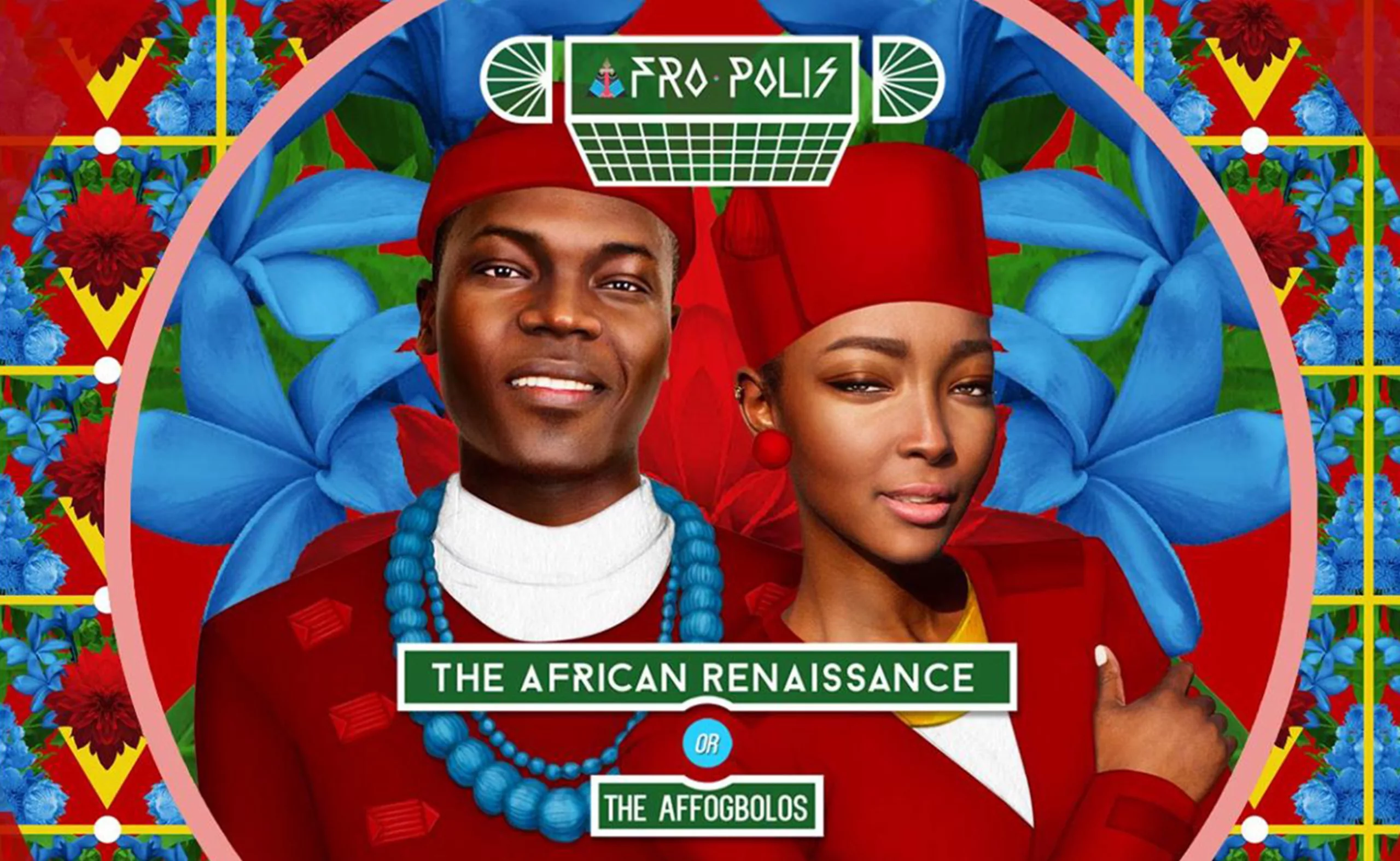Bauhaus Football Club, the greatest design team of all time!
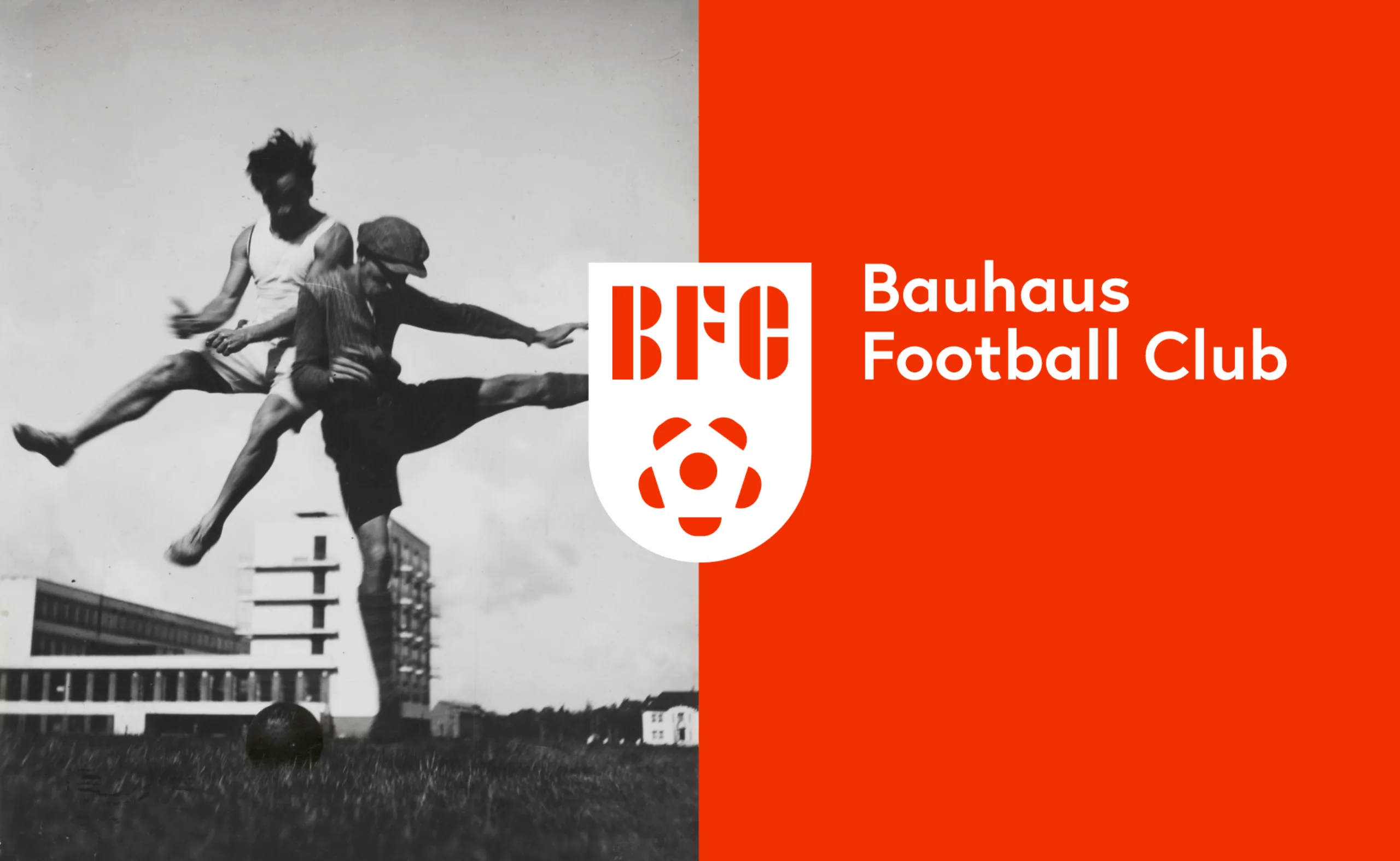
The Bauhaus Football Club
In this period of world cup, Graphéine had fun imagining a world cup of designers. Just as the Seleção are the most mythical team in football, we wondered which team would have been the equivalent in design.
The answer is obvious: The Bauhaus Football Club!
Imagine… Paul Klee as left winger, Walter Gropius as centre-forward, Kandinsky in goal… and Mies Van der Rohe replacing ! We will count you the adventure of this dream team!

Bauhaus, the school that
revolutionized design
The first Bauhaus school, which literally means “building house”, was founded in 1919 in Weimar, Germany, by the architect Walter Gropius. It is in line with Mondrian’s art and the constructivist movement.
It is first of all a physical fusion of two schools: the School of Fine Arts and the School of Applied Arts. This merger gave birth to a unique and strong concept, the foundation for the Bauhaus.
In Weimar, where the school was founded, the “Bauhaus”, its avant-garde ideas and its students with a “communist” tendency, were rather frowned upon at the time. As a reminder, Weimar will leave his sad name through the Weimar Republic which will end with Hitler coming to power. So the Bauhaus moves to Dessau.
The school continues its evolution with the arrival of Hannes Meyer at its head. Meyer is even more radical, he advocates even more simplicity and more function, in an approach even more social (cf:humanist) for a design accessible even to the poor strata of society. Then comes the last director, Ludwig Mies van der Rohe. The school left Dessau for Berlin in 1932.
The Nazis, reluctant to value this humanist vision, closed the school. School’s dead, but not his ideas! The movement lasted 14 years, interrupted in flight by Nazi fever, but will continue to spread throughout the world thanks to former students or teachers in exile.
If we still talk so much about the Bauhaus today and that its influence is so important, it is because this desire to combine form and function, to seek simplicity to make it accessible through straight lines and refined geometric compositions is in the very essence of the design concept.

A tactic in 3 steps:
form, function, simplicity
The philosophy that guides the Bauhaus could fit in a line “I don’t want to be big, I want to be good”, it’s the idea of building in a fair way, without any superfluous whatsoever. It is a deeply humanistic vision that must guide the design.
This is the precept that would later become the “Less is more” under the pen of Mies van der Rohe.
In the vision of the Bauhaus, art must free itself from distinctions and must not only be categorized in the box of the beautiful (Fine Arts) or the functional (Applied Arts), it must be both, both art and technology. To this must be added the idea that objects, buildings or any design idea must be conceivable in series, and thus accessible to the greatest number. Vibrant colours combined with modern materials (steel, glass…) and made functional thanks to simple geometric shapes make it possible to create an architectural and minimalist system. The school principals are all architects!
(Architects are actually designers, even if they don’t know it… or designers are architects… whatever, it’s the same profession…)
Among the teachers or figures of the Bauhaus movement are Paul Klee, Wassily Kandinsky and the Hungarian photographer and painter Laszlo Moholy-Nagy. Students learn both theory and practice, through hands-on workshops in pottery, carpentry, weaving, etc.
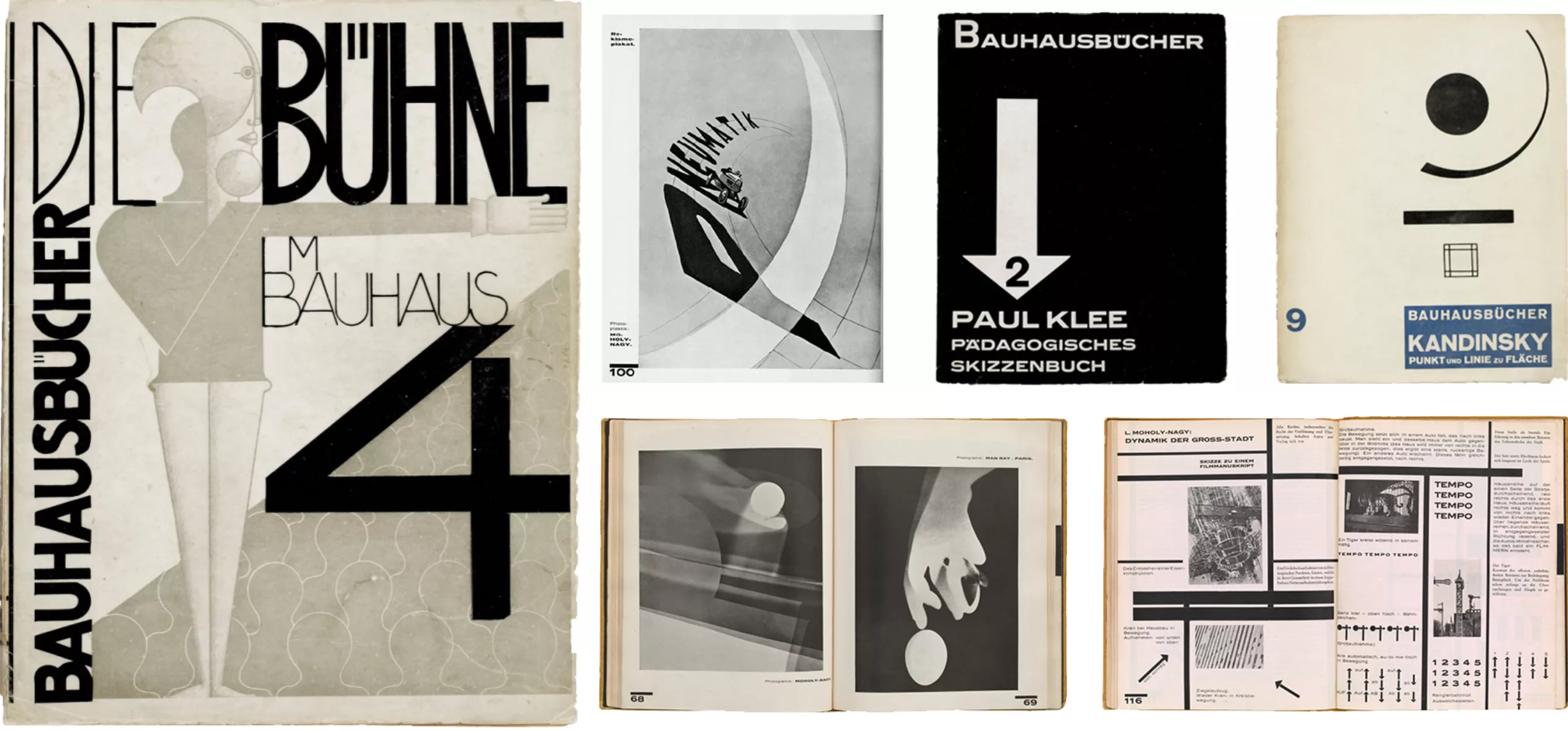
Design dream team
But one of the most incredible things about the Bauhaus is the quality of its teachers. Imagine, Monday morning from 9am to 11am, you have colour lessons with Kandinsky, then you join Marianne Brandt in room 102 to finish your prototype bedside lamp. In the evening, you review Walter Gropuis’ theoretical course on “the monotony of standardization”.
So we had fun selecting for you the best design team of all time: the Bauhaus Football Club!
Taking advantage of the “The Hidden Treasures Bauhaus Dessau” project initiated by Adobe, we tried to imagine what the branding of this team would look like… We’ll tell you more at the end of the article.
Let’s go for a little round of presentation of the CFB 2018 selection. A beautiful team like we love them, which has revolutionized design in all its forms.
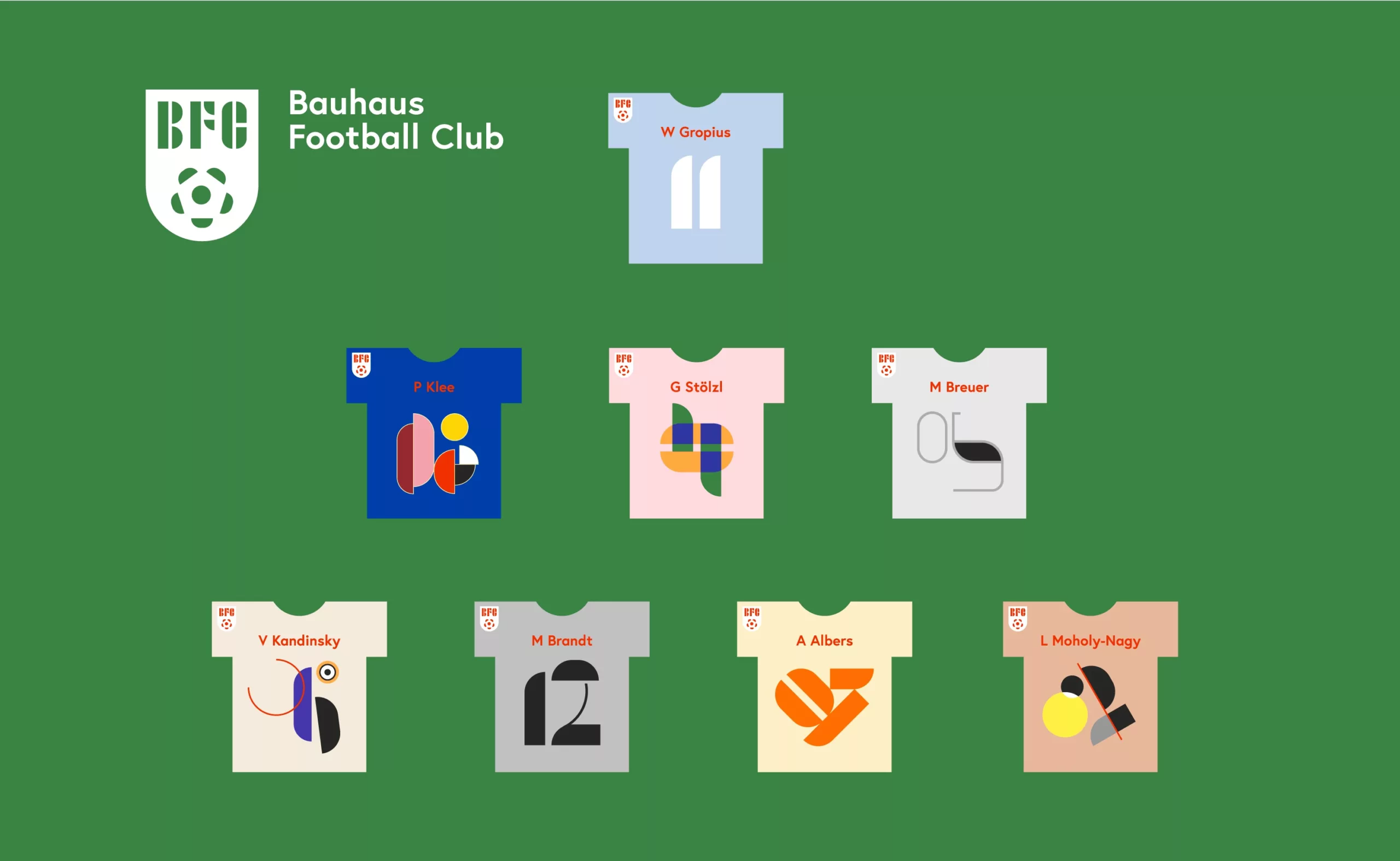
Anni Albers (1899-1994) / textile designer
Anneliese Fleischmann joined the Bauhaus school in 1922 following her art studies. At the time, the subjects were separated by gender and she was forced to enrol in the weaving department, then reserved for women. Nevertheless, she quickly made it her material of choice and developed unique techniques and motifs by playing with materials such as paper, cellophane or horsehair. She transforms textile into an art in its own right. Her pieces are conceived above all as abstract forms and intended to be hung on the wall, like paintings.
A student of Klee and Kandinsky, she also met her husband at the Bauhaus, the painter and teacher Josef Albers with whom she founded a couple of pioneers in modern art.
In 1931, she took over from Gunta Stölzl as head of the Bauhaus weaving department. When the school closed, Josef and Anni emigrated to the USA and both taught at Black Mountain College, before travelling to Mexico City, where she continued to draw inspiration from traditional designs and design research.
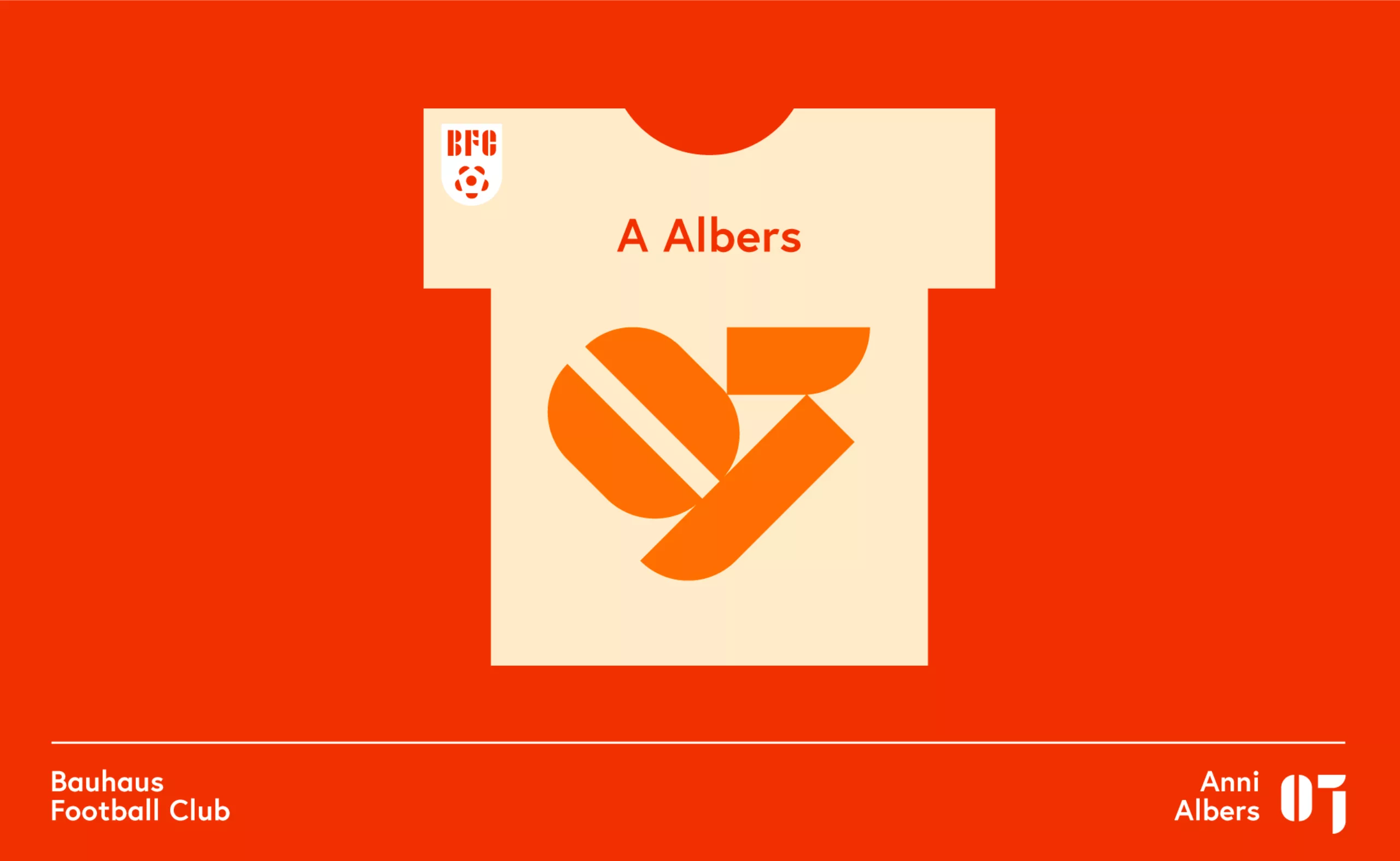
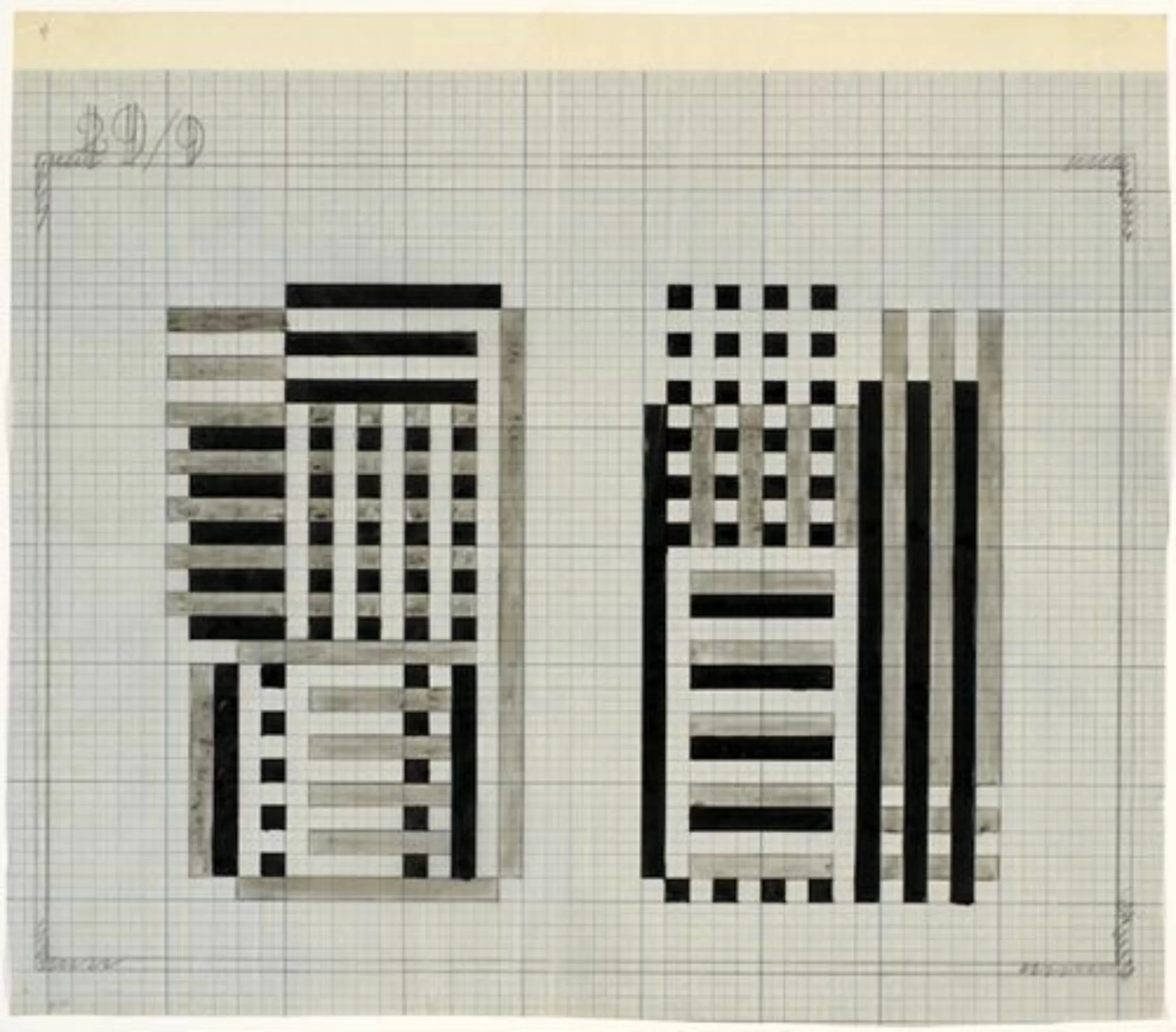
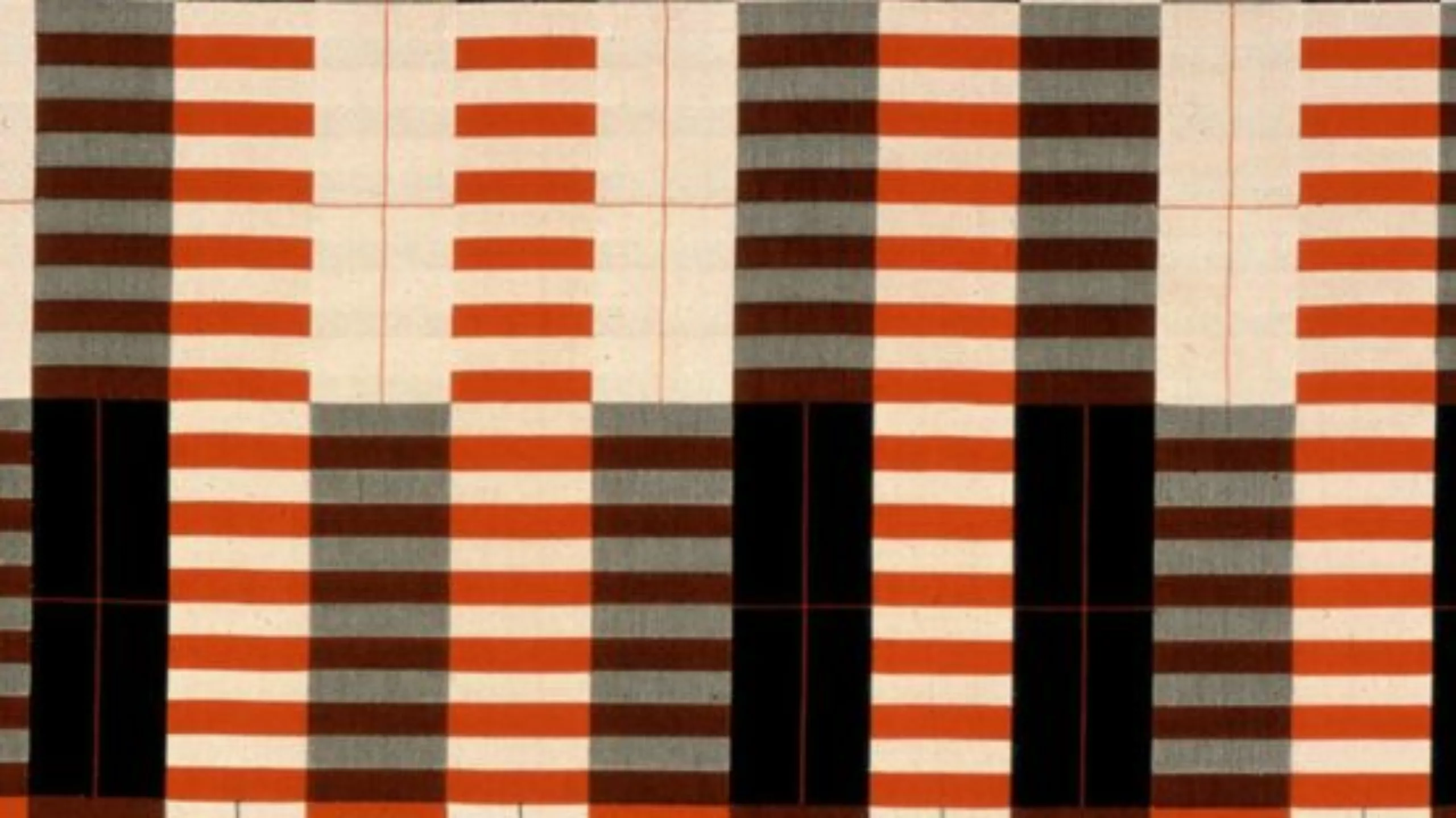
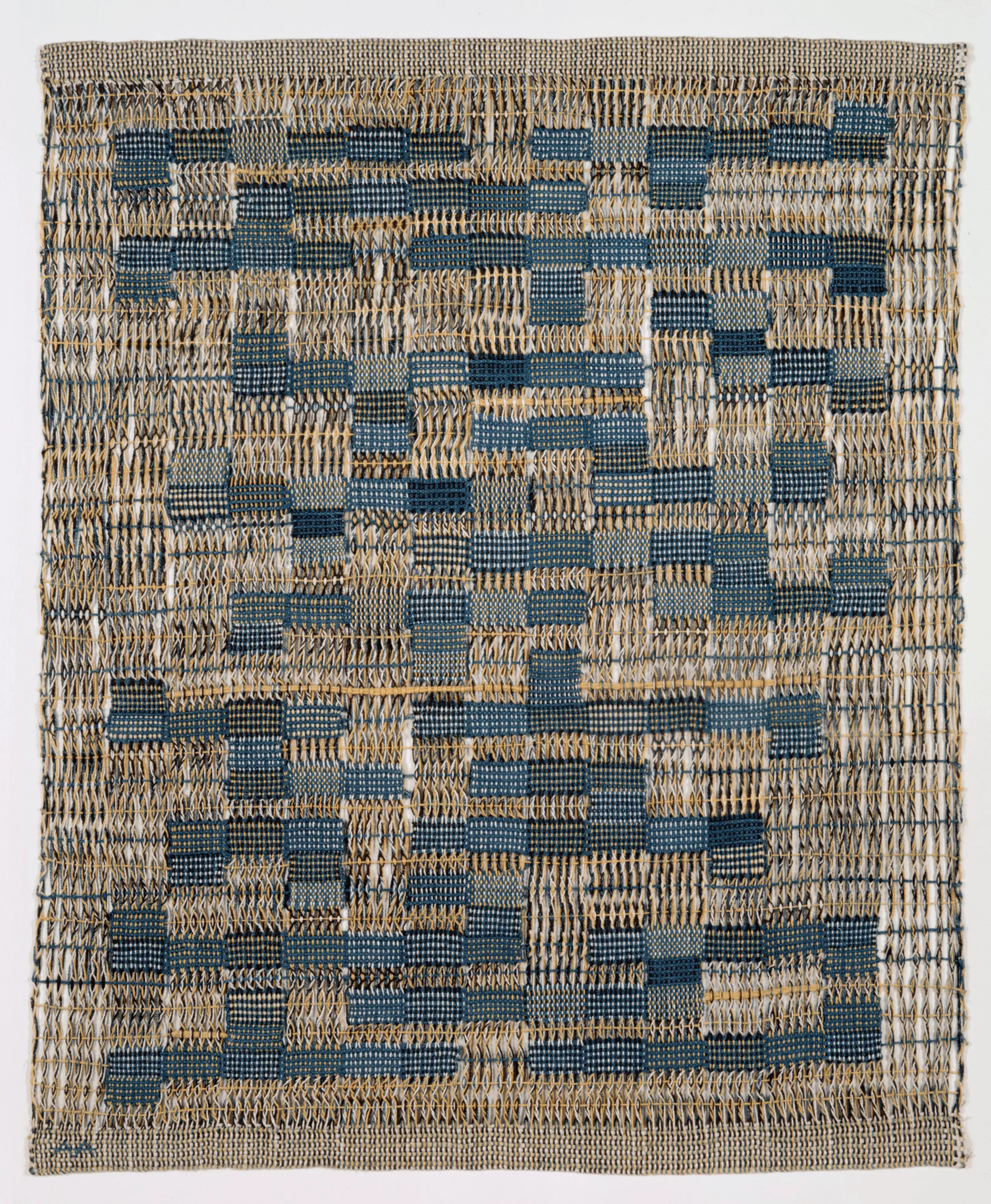
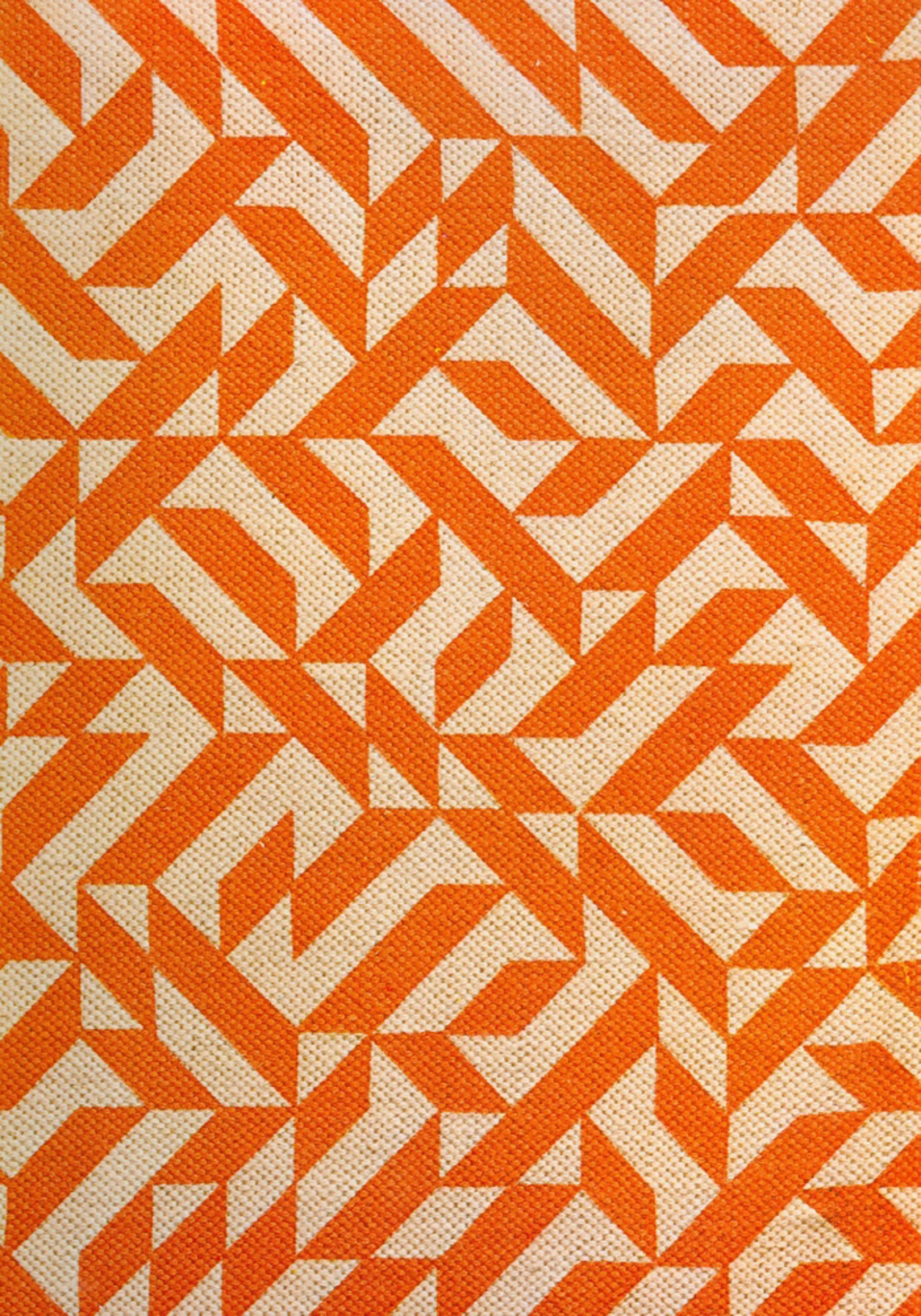


Marianne Brandt (1893-1983) / product designer
Marianne began by studying painting at the Bauhaus with Josef Albers, László Moholy-Nagy or Paul Klee and Wassily Kandinsky. She specializes by entering the metallurgical department in which she shines and exceeds the skills of many boys. In parallel, she also produces several photographs and photomontages.
Later, she became responsible for the technical lighting experiments in the metallurgy workshop and then became head of the department in 1928. She then worked alongside Walter Gropius, the school’s architect and director, before becoming head of the design department for several renowned companies.
She owes its notoriety to its industrial objects (lamps, teapots, ashtrays…) with a refined style made from metal or glass, like her Bauhaus desk lamp which inspired our flocking.
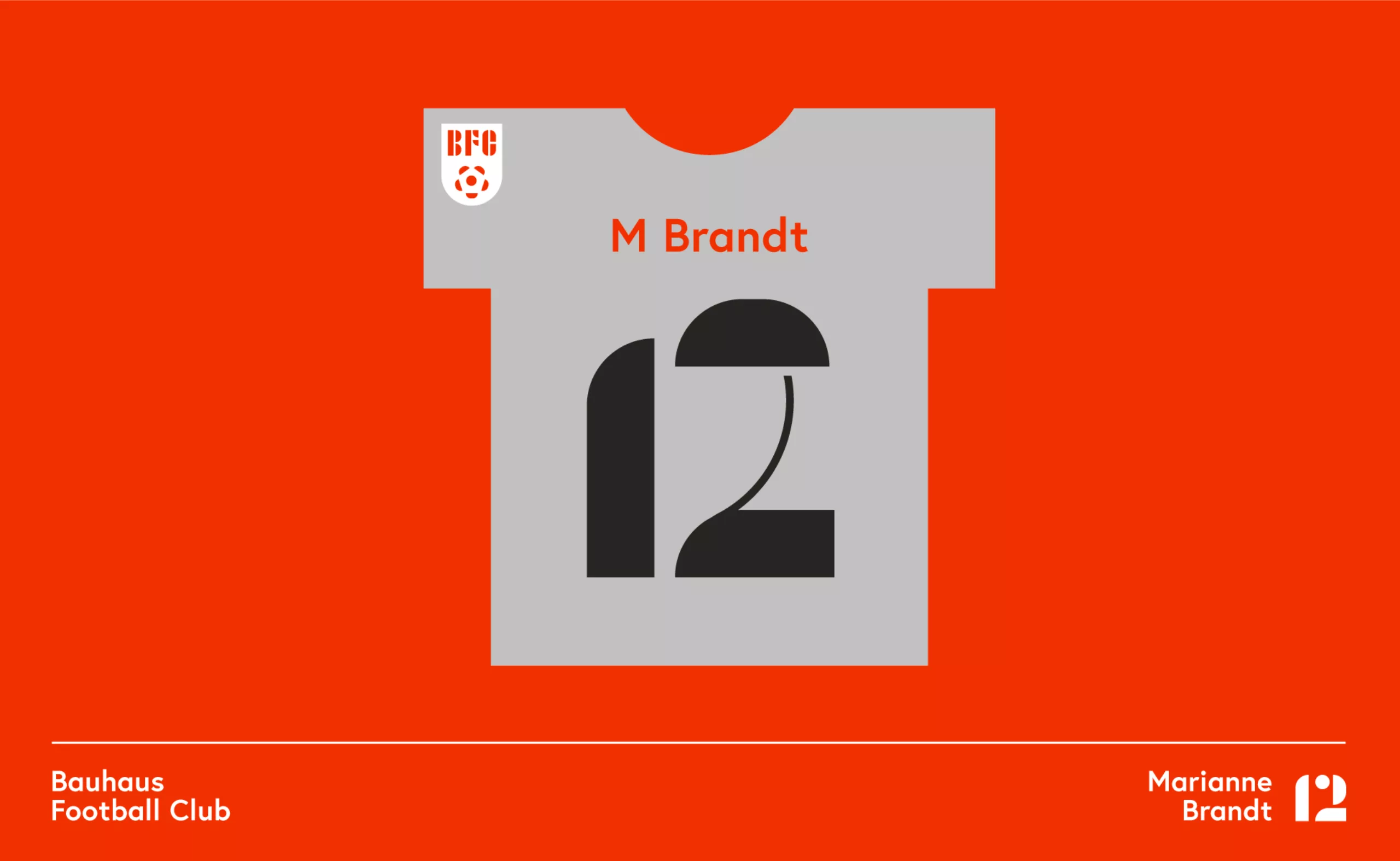
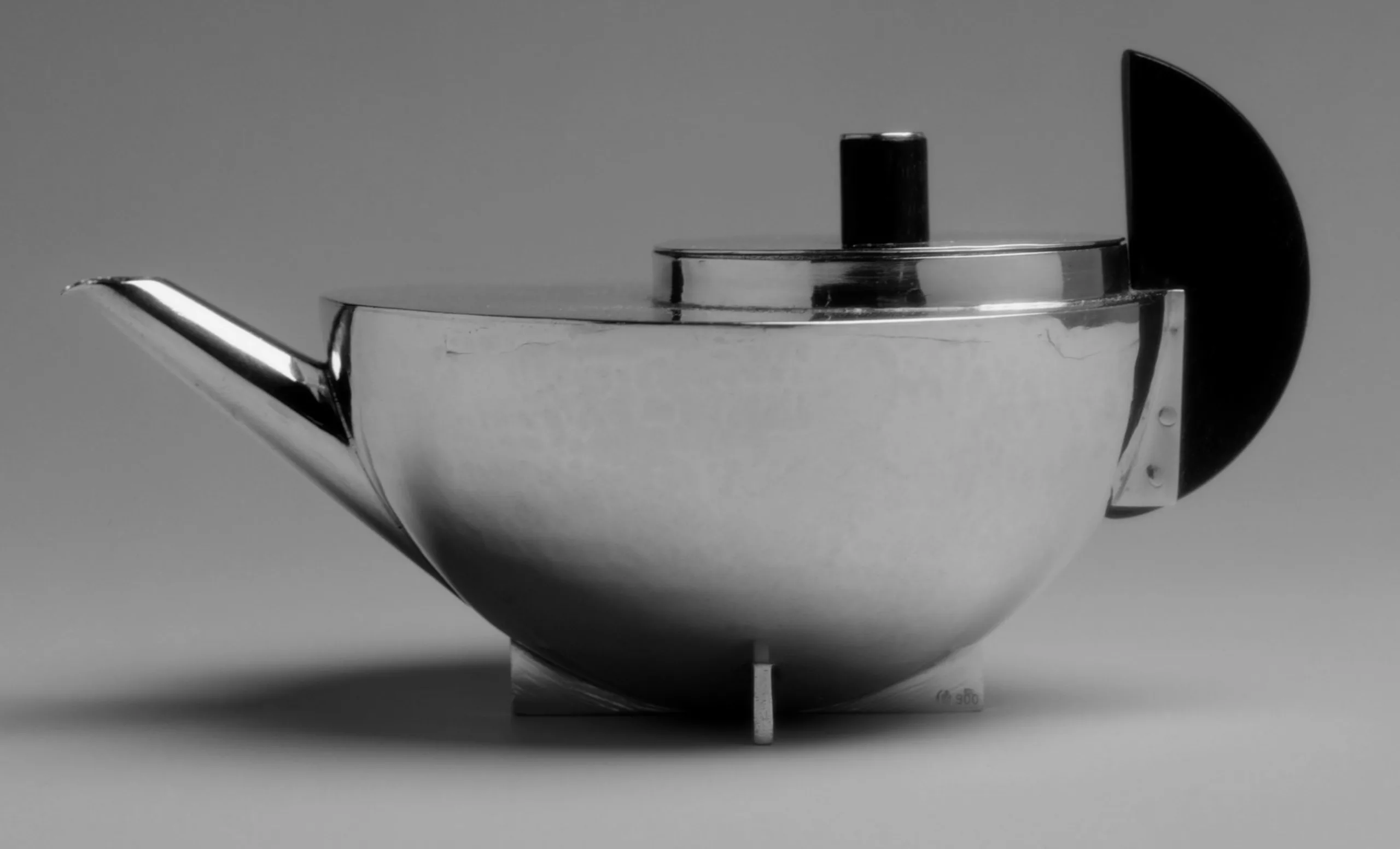

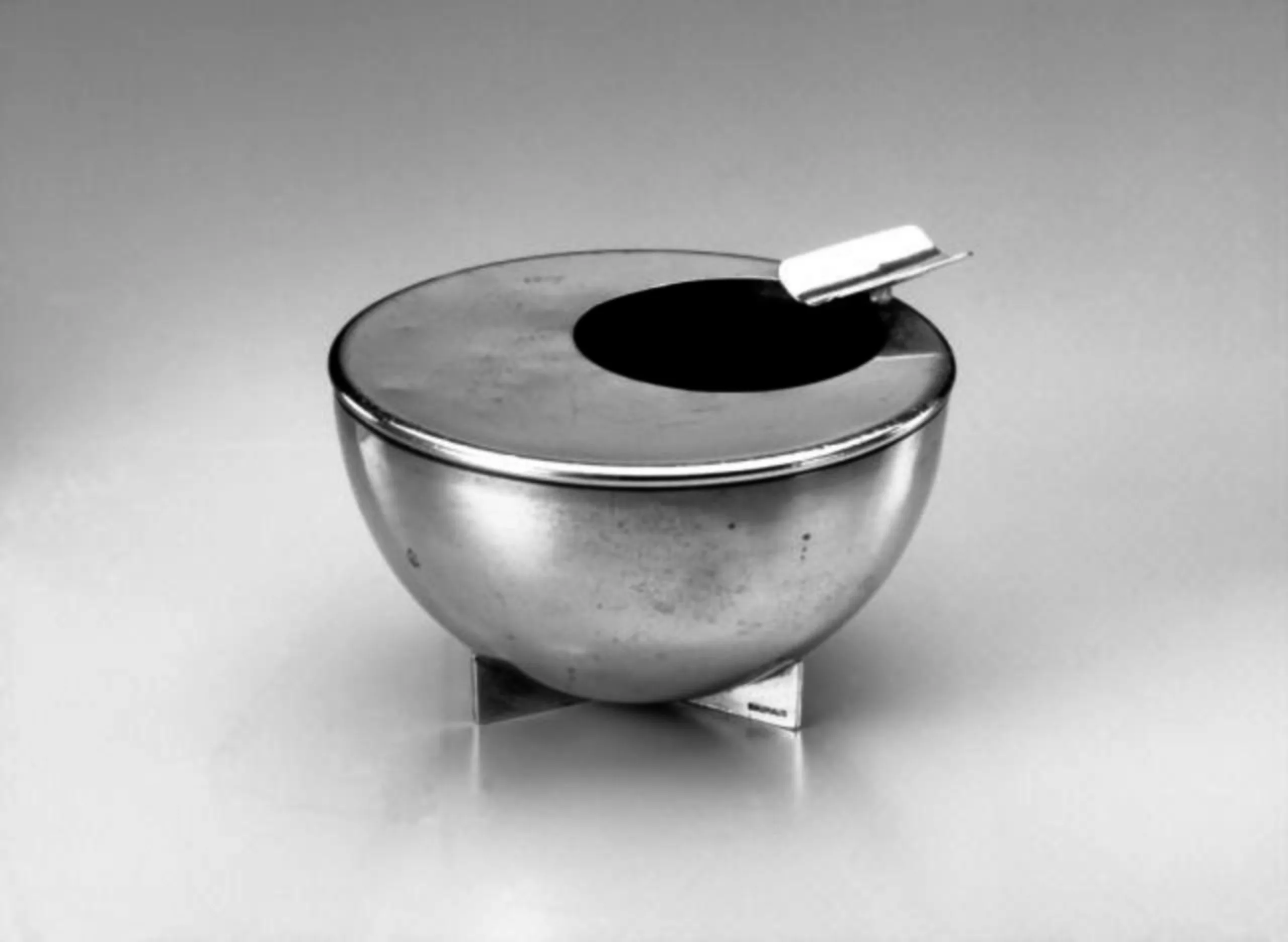
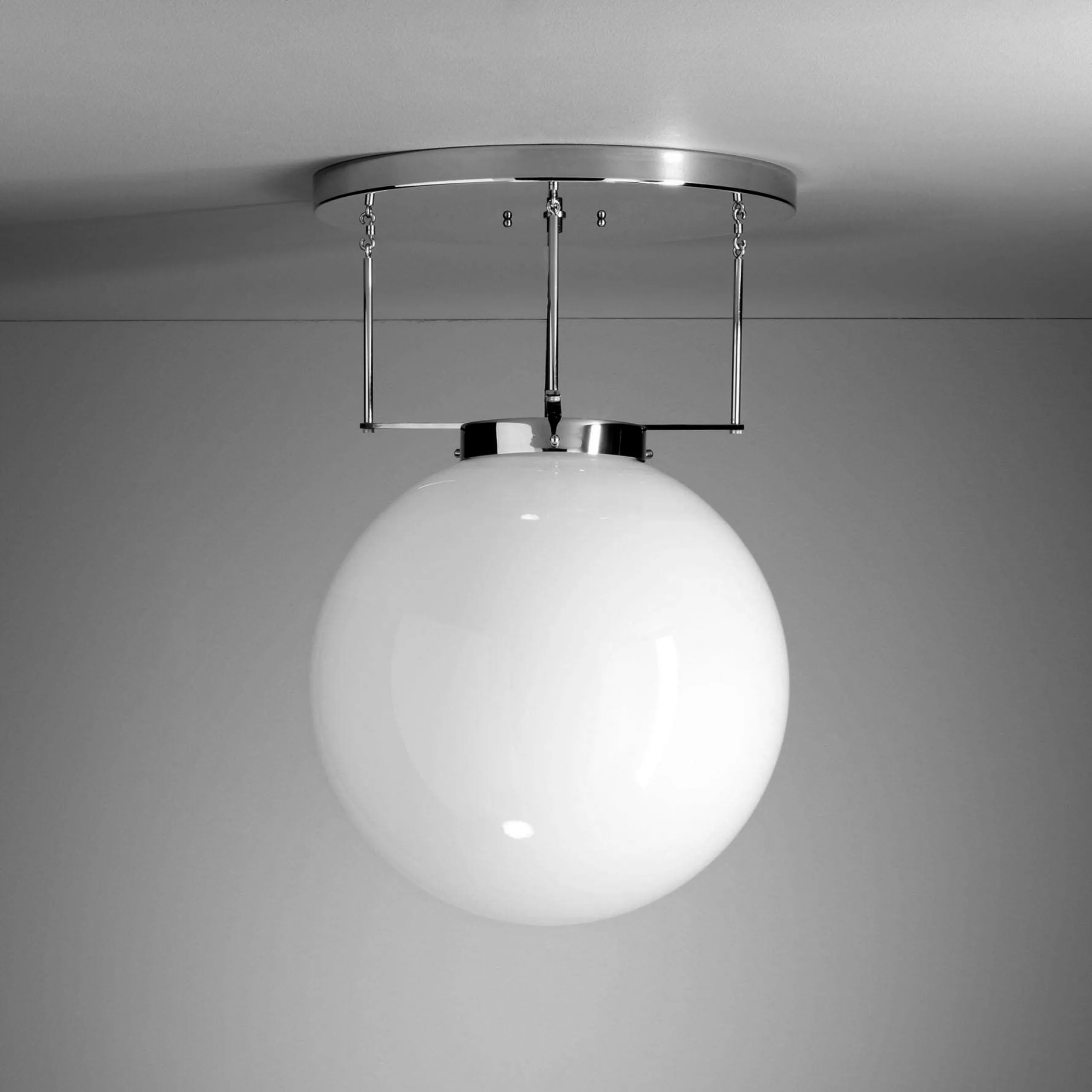
Marcel Breuer (1902-1981) / architect & product designer
Marcel began his studies at the Vienna School of Fine Arts, but found his vocation in Weimar when he entered the Bauhaus as a student in the carpentry department at Gropius. Like Anni and Marianne, he also became a teacher for 3 years in the school, despite his young age. He often collaborates with his other colleagues in the textile workshop.
He discovers the tubular steel with which he makes most of his objects, mixing them with textiles or stretched skins for optimal comfort. In 1925, his B3 chair is the first chair to be designed from tubular steel and intended for the domestic sphere.
He left the Bauhaus in 1928 after 8 years at the school and created his architect’s office. He works as an interior designer and furniture designer and continues his career in Europe and the United States. Breuer is internationally renowned for its avant-garde approach to materials and timeless design, such as the Wassily chair, a tribute to Kandinsky.

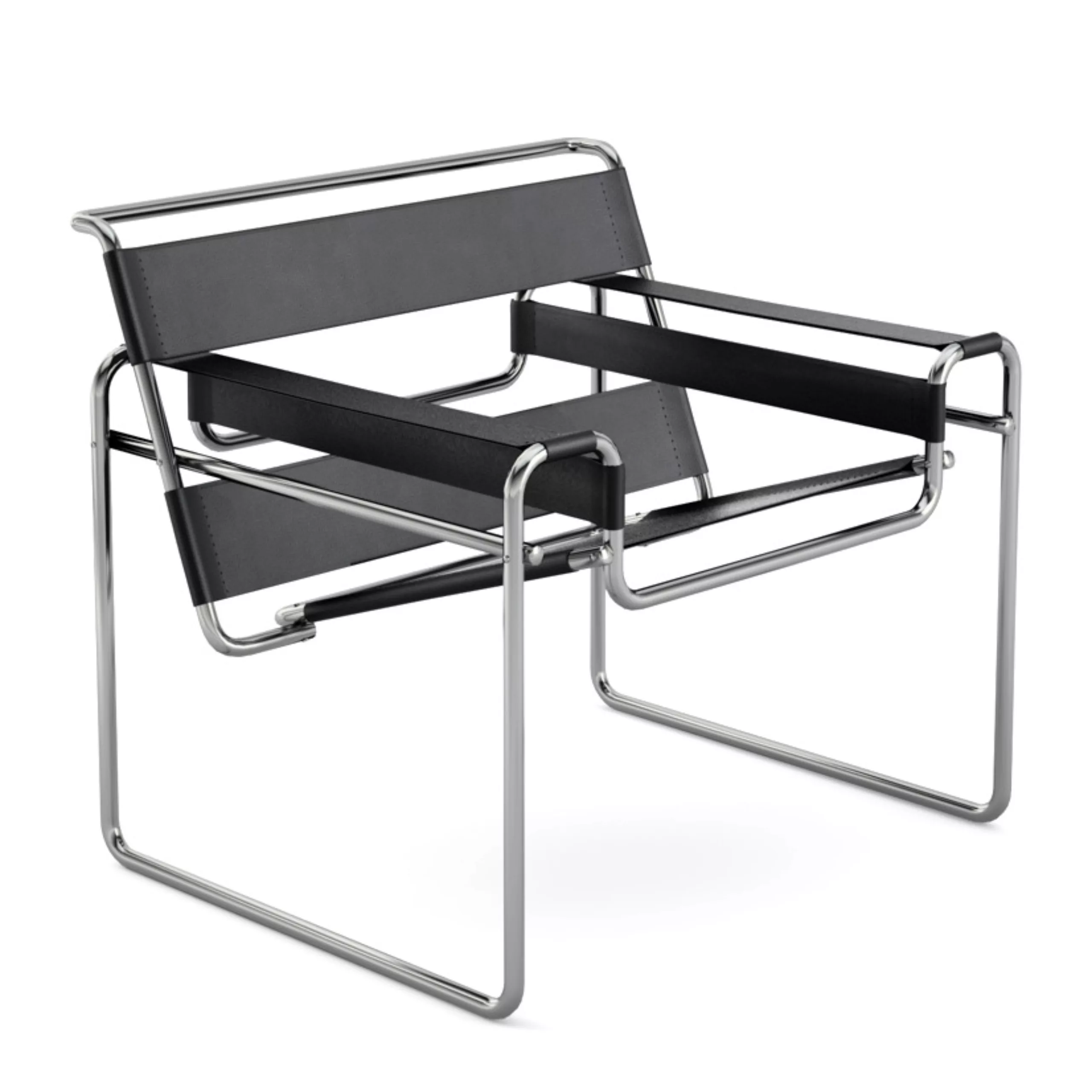
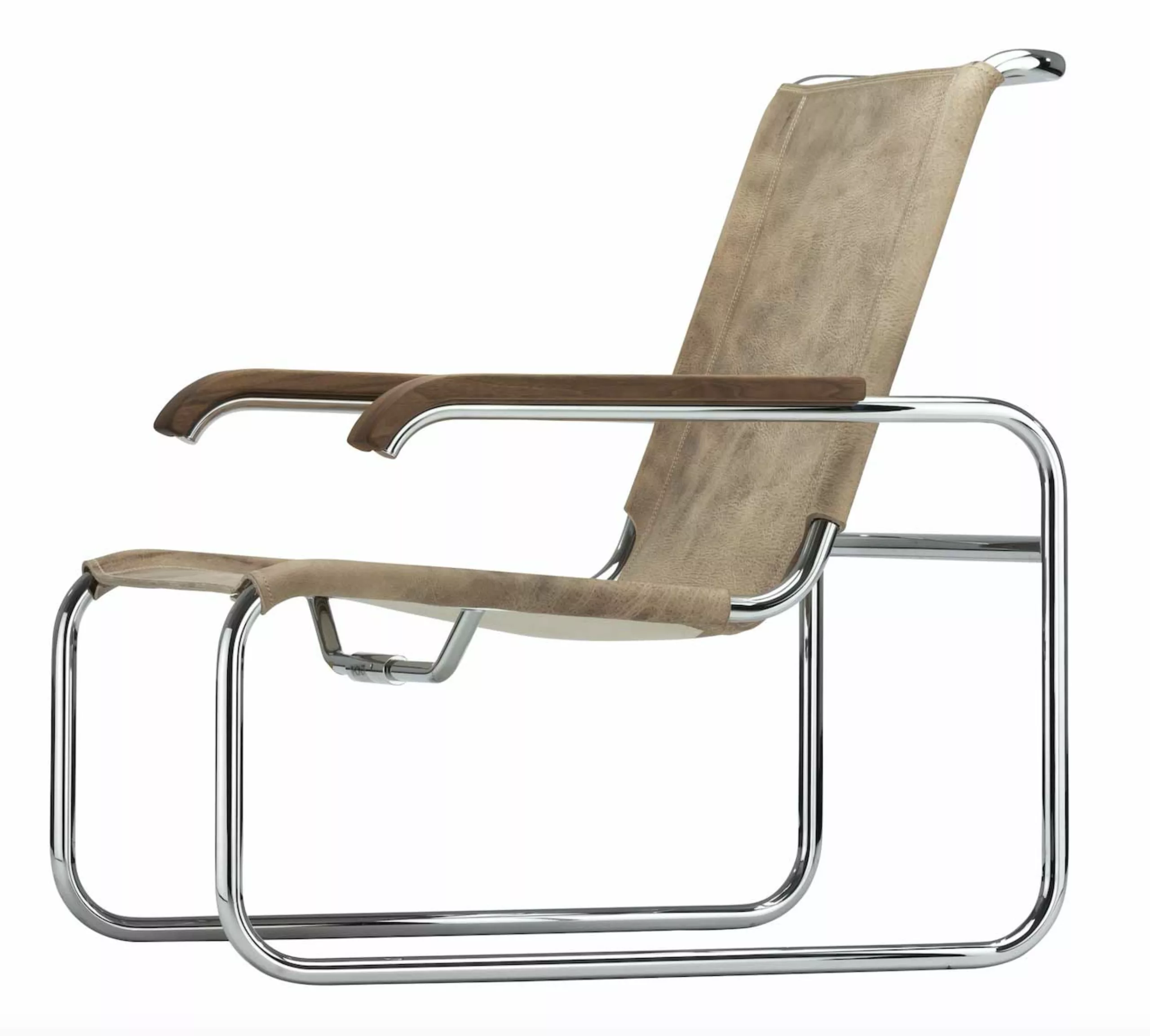
Walter Gropius (1883-1969) / architect & designer, founder of the Bauhaus
We owe the Bauhaus school to the architect Gropius, who built the second campus in Dessau in 1925, and above all the philosophy from 1919: “we want to create the purely organic building, boldly emanating from its internal laws, free from untruths or ornamentations”. His wish is to create a place where life, crafts and the arts coexist, to make usefulness and form coincide. Before running the school, he was a designer of furniture, wallpaper, mass-produced objects or rolling machines.
With the rise of Nazism, he moved to England and then to the United States in 1937 from where he continued to imagine iconic buildings.
Through his architectural vision, which wanted transparent, cubic and unadorned facades, he is said to be a pioneer of modern architecture.

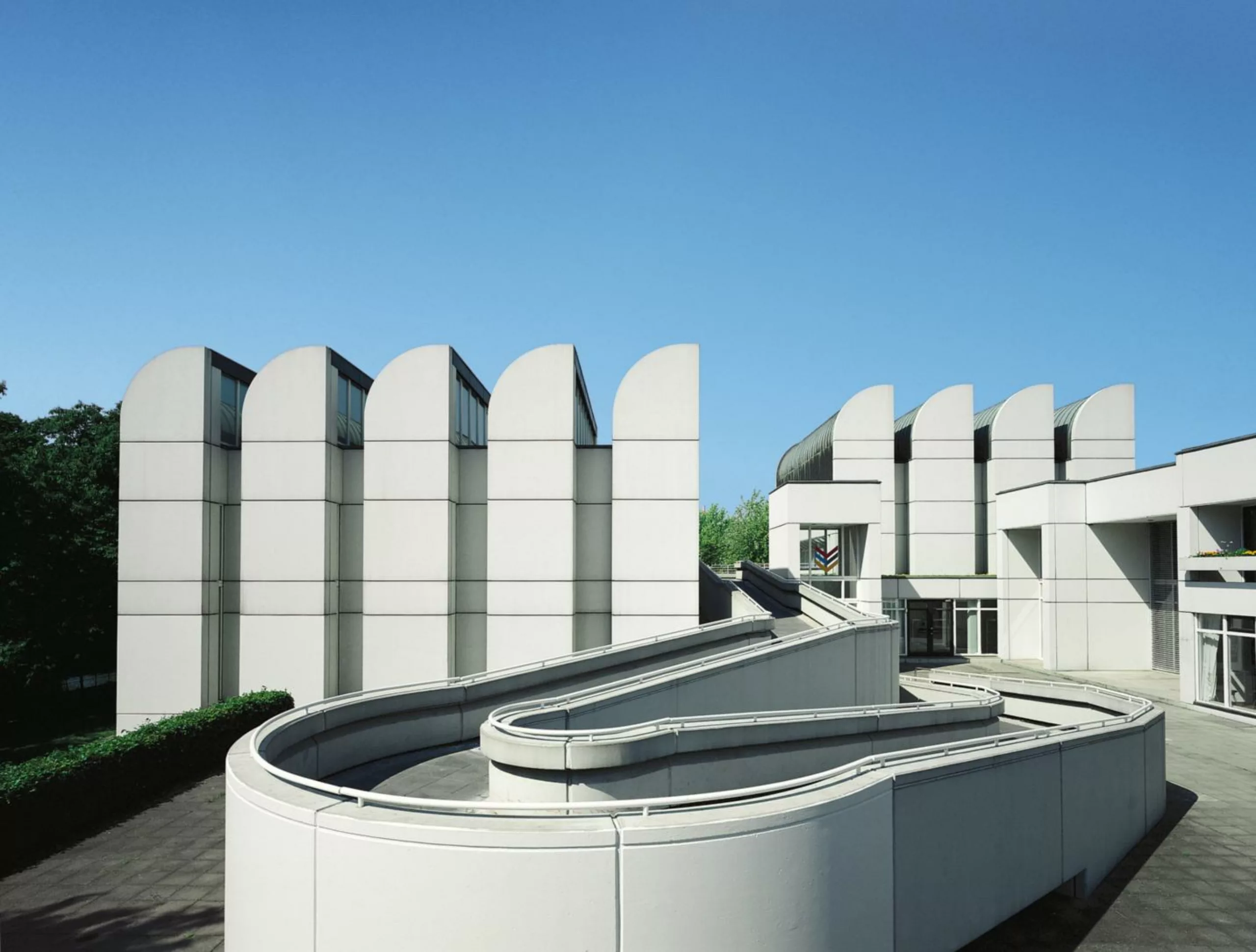
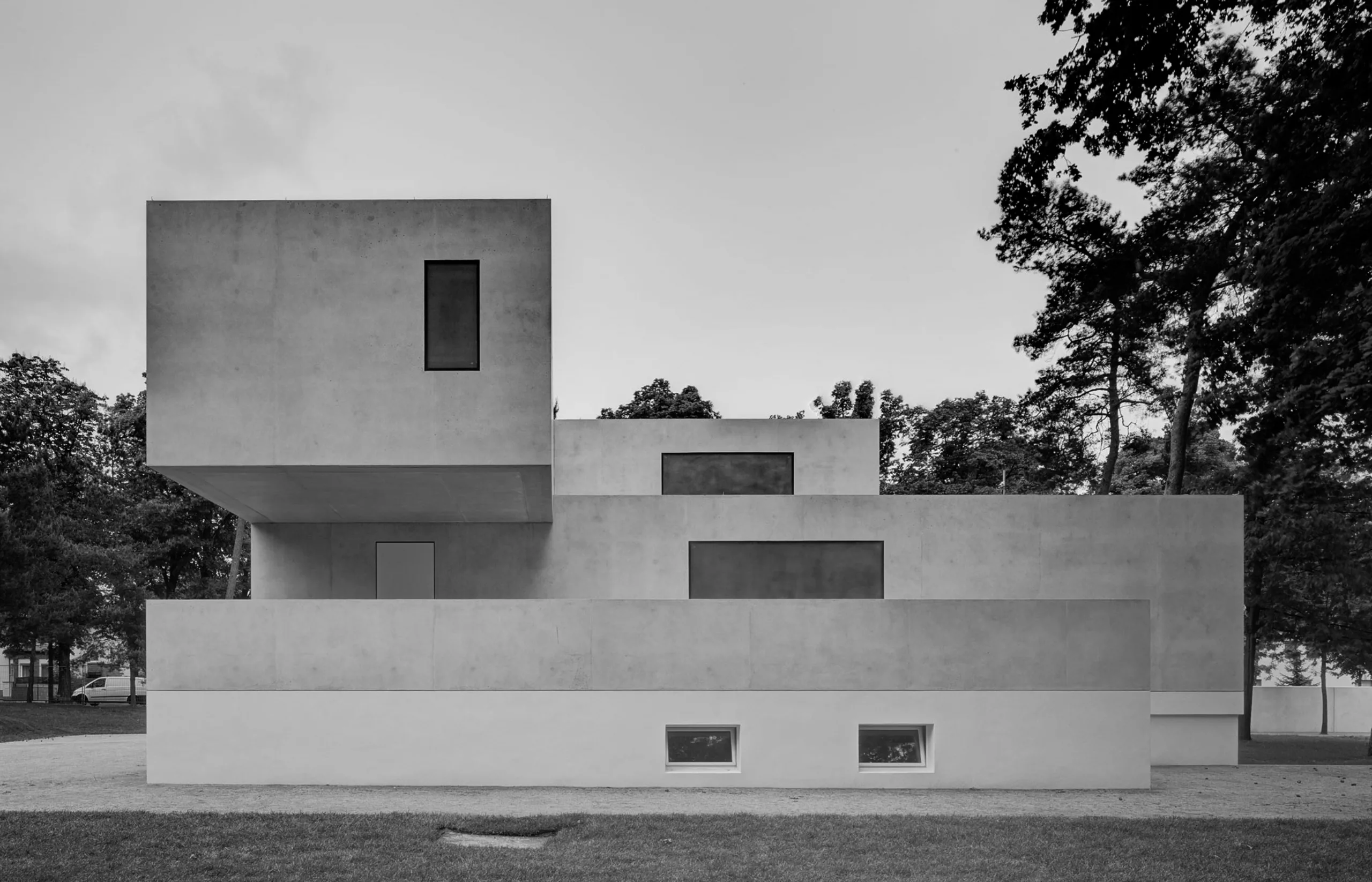
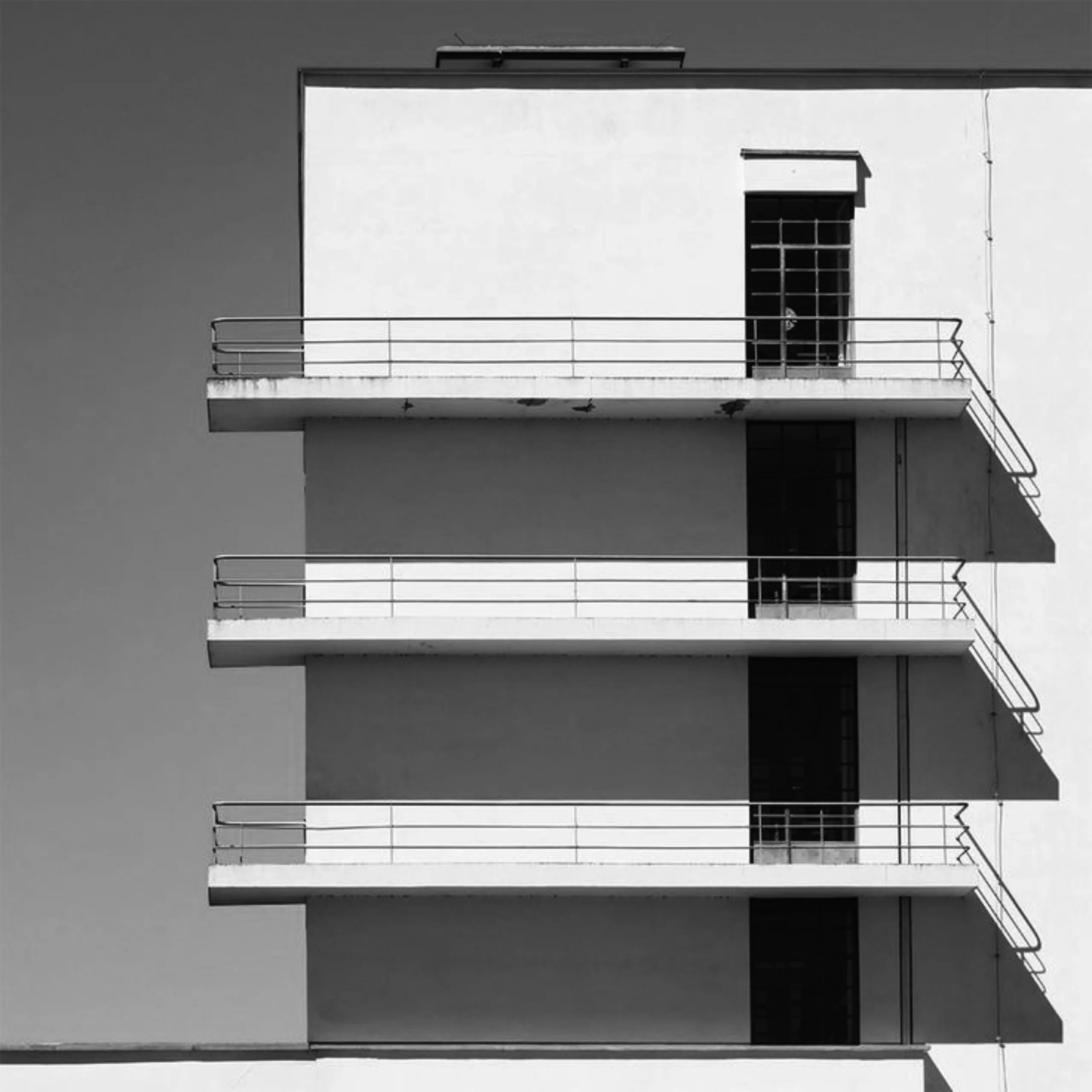
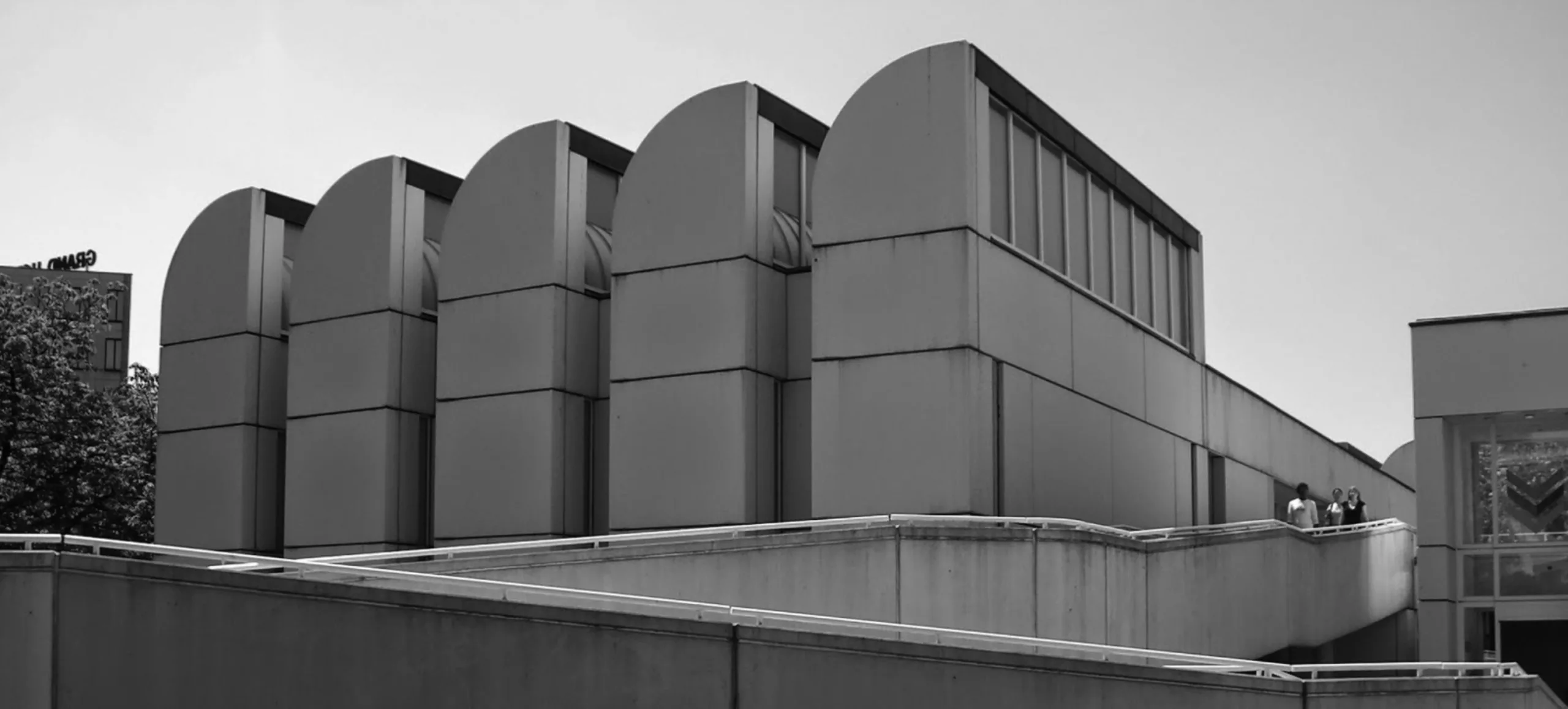
Vassily Kandinsky (1866-1944) / painter
Before becoming head of the Bauhaus mural painting department, Kandinsky was already recognized as one of the most modern painters of his time and the inventor of abstract art. At the Bauhaus, he taught abstract forms and analytical drawing.
He is convinced that abstract colours and forms can be used to express the artist’s “inner life”, and teaches these precepts at the Bauhaus. Kandinsky is also interested in the synesthetic links between music and colours.

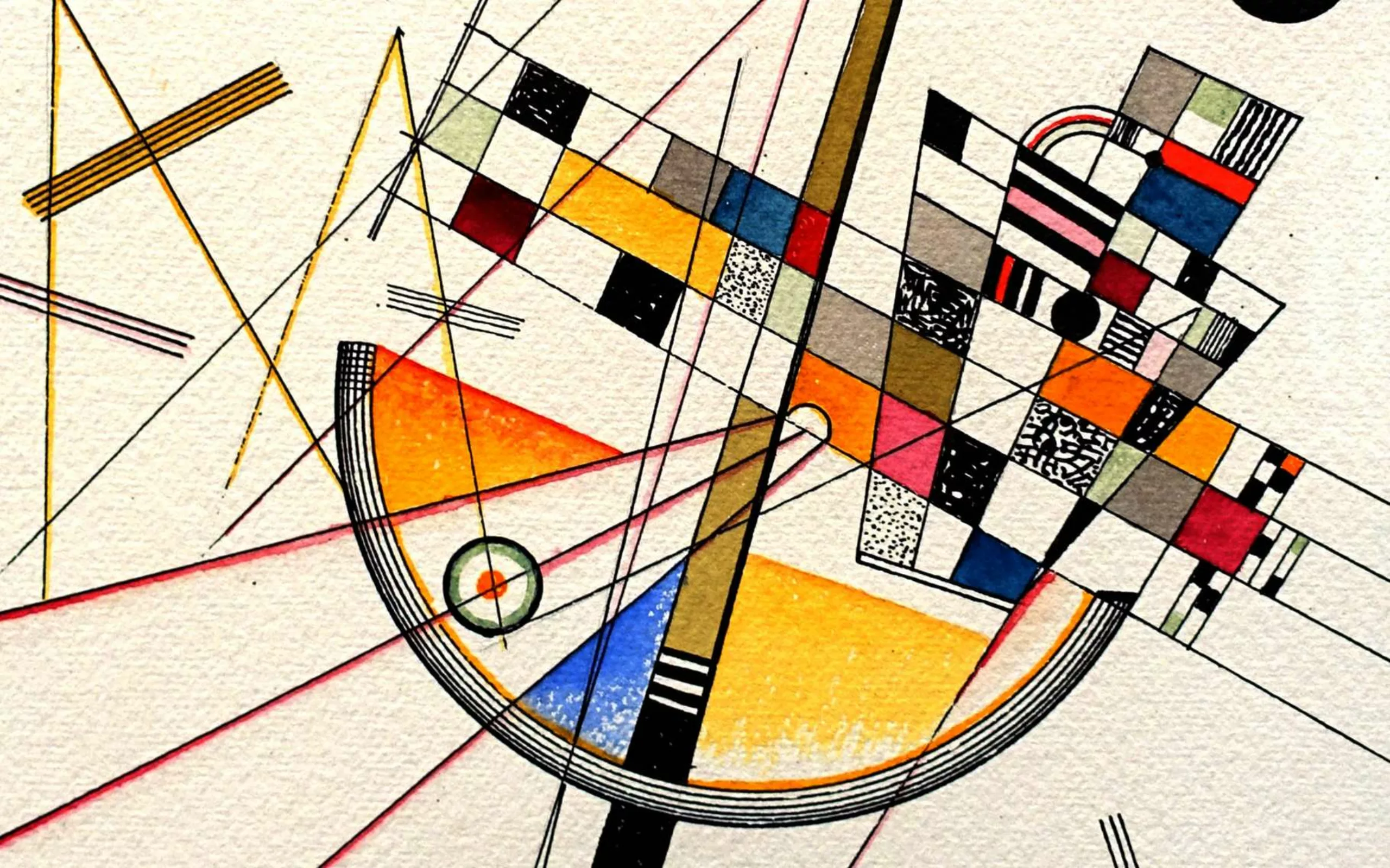
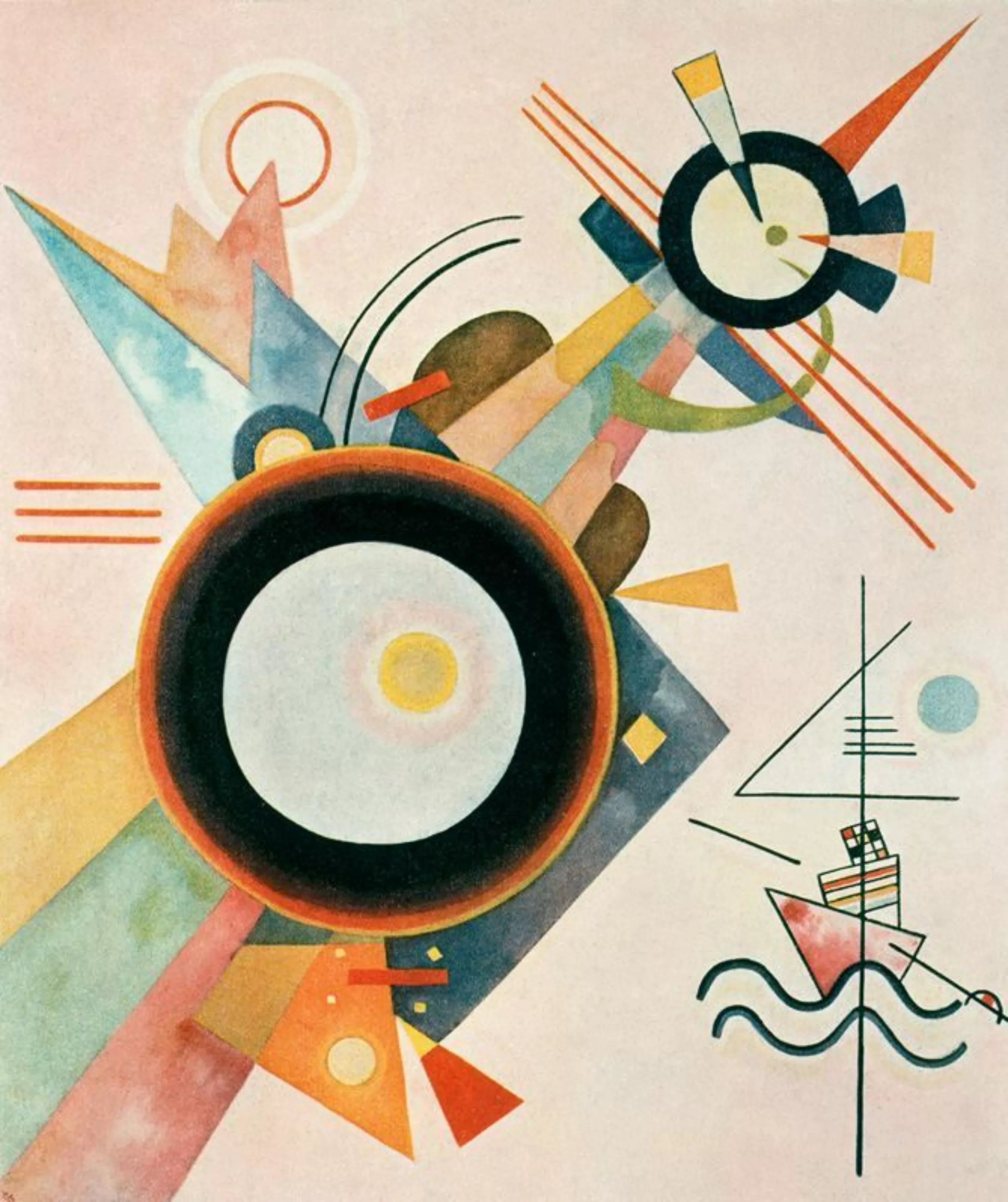
Paul Klee (1879-1940) / painter
Known for his unique pictorial language and his desire to master colour, Klee was influenced by children’s artistic theory and creation, and wanted his art to be free. His art inspires surrealists, although he does not belong to the movement. Close to Kandinsky, he co-founded the “blue quarter” group with the latter, Jawlensky and Feininger in 1924.
Left-handed, he paints with both hands, and his broad spectrum of artistic skills fascinates his students. At school, he directed the bookbinding, metallurgy, glass painting, free painting and design theory workshops in the weaving department.
His pedagogy has such an influence that his pedagogical notes are published by the Bauhaus.
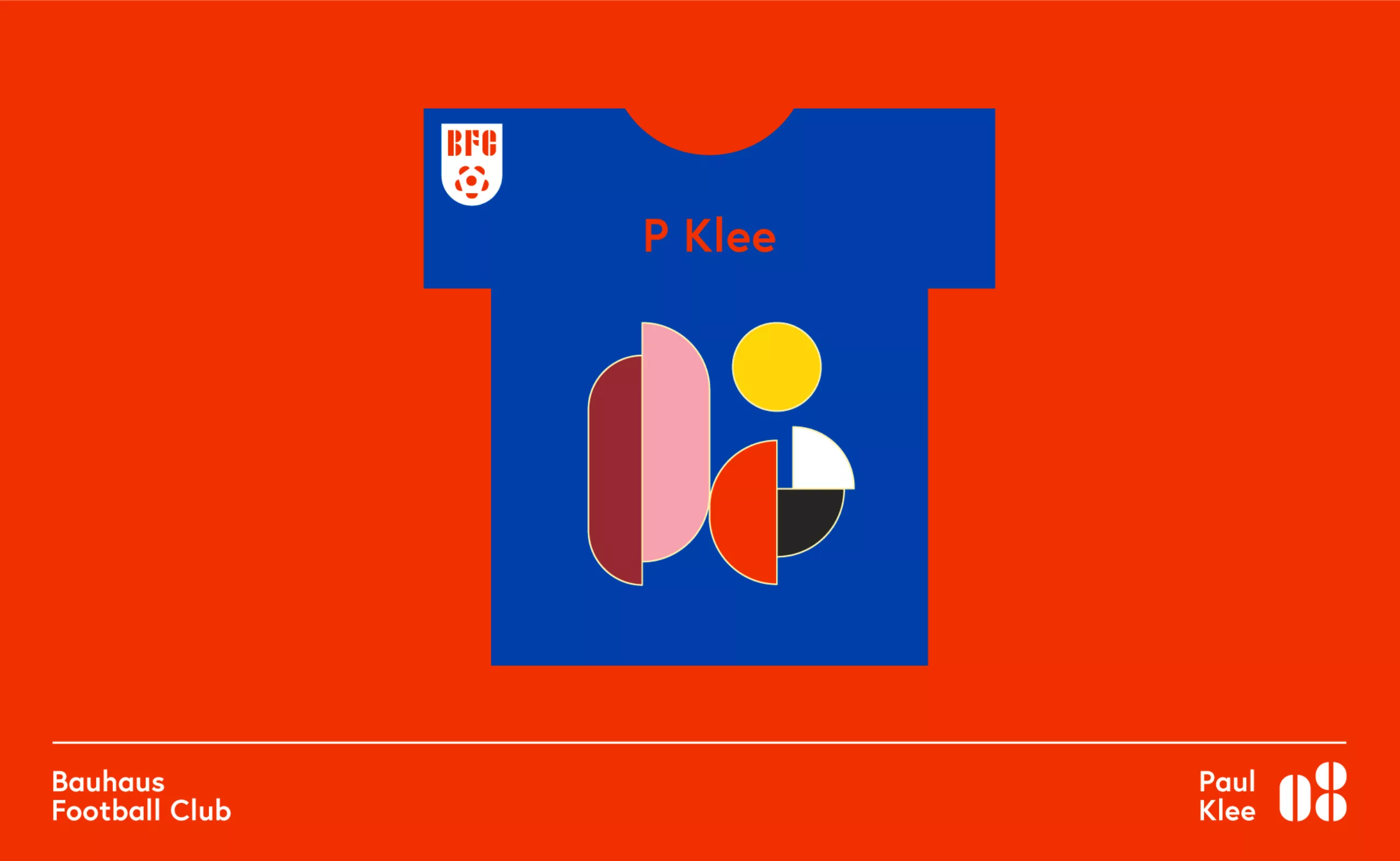
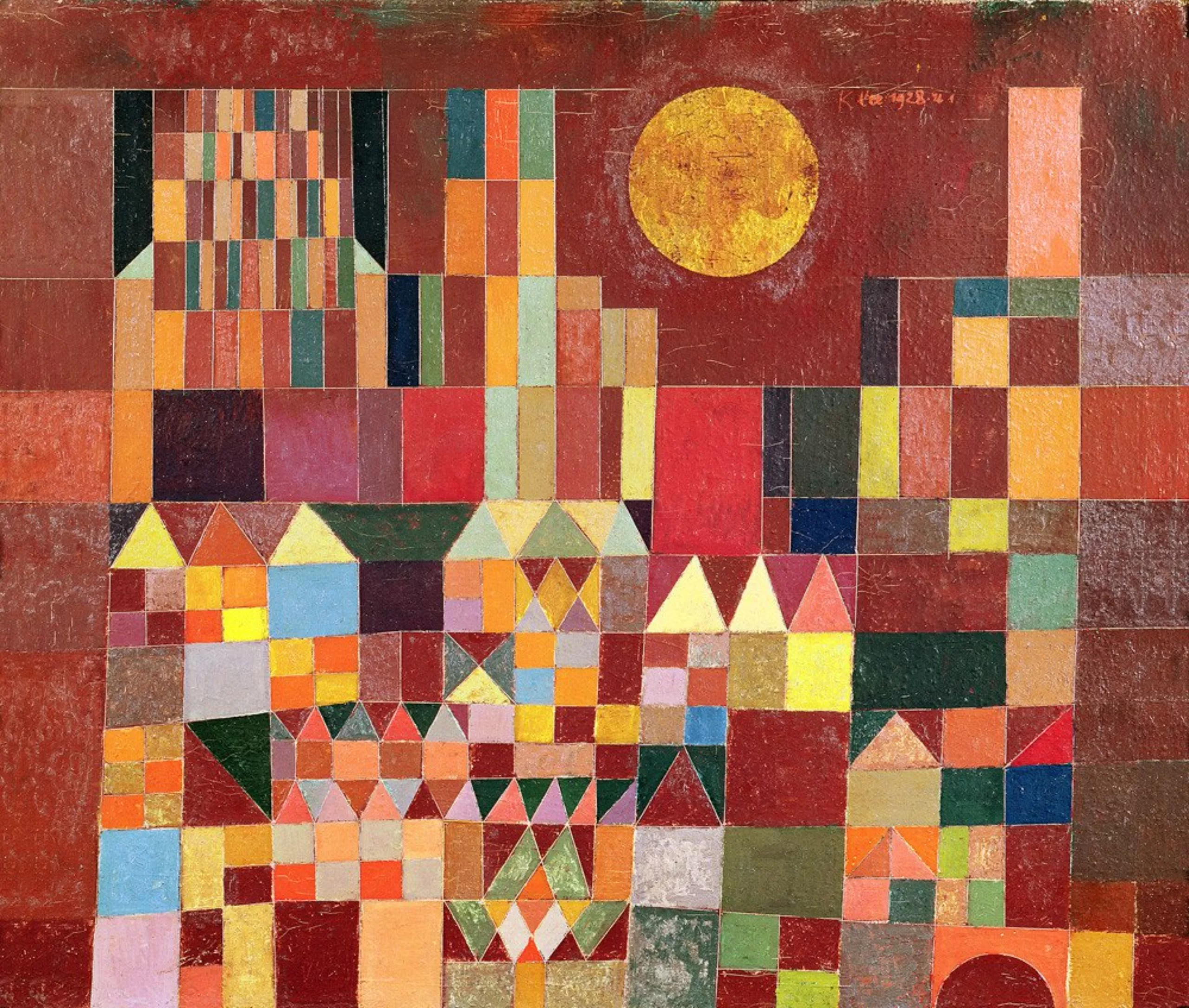
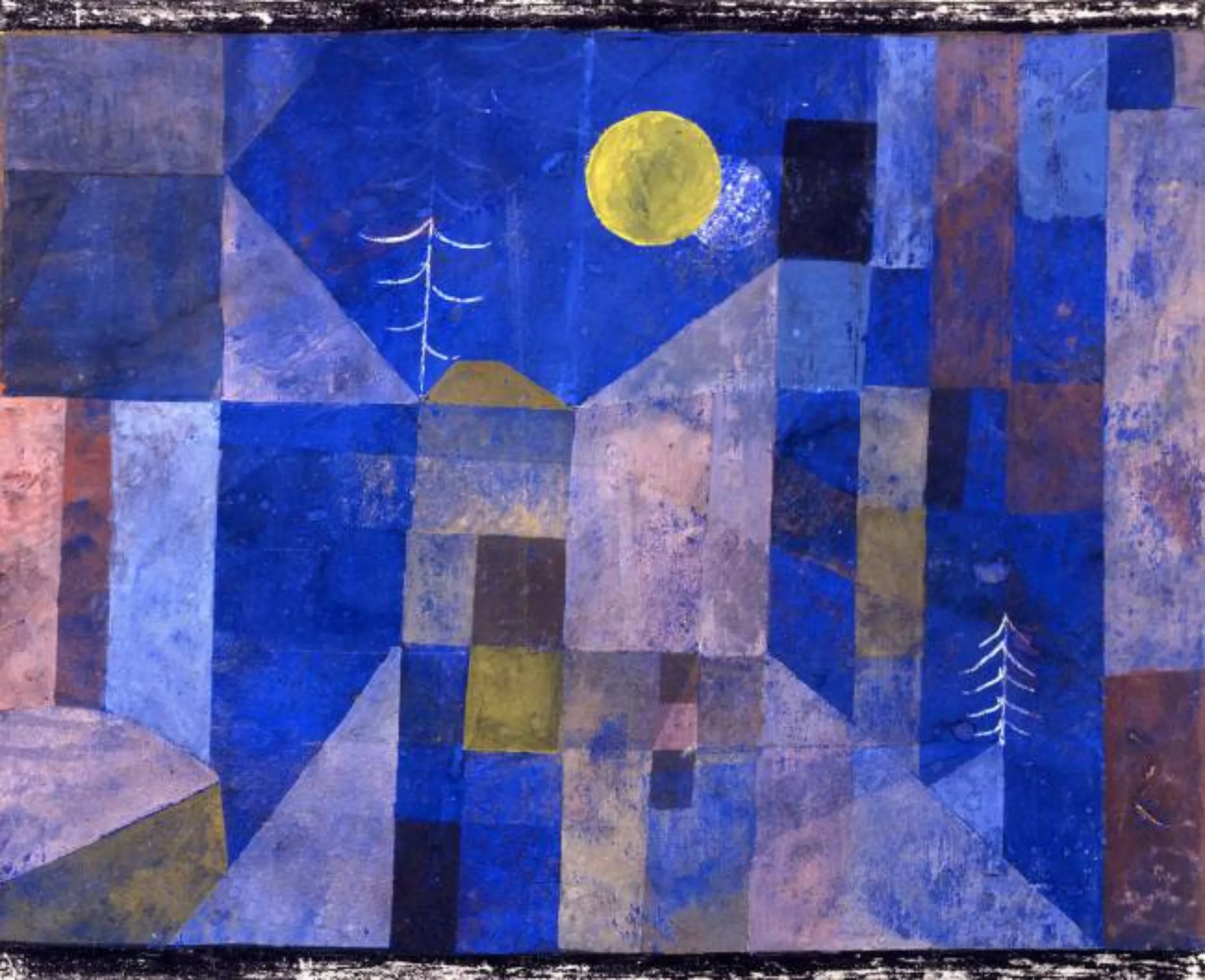

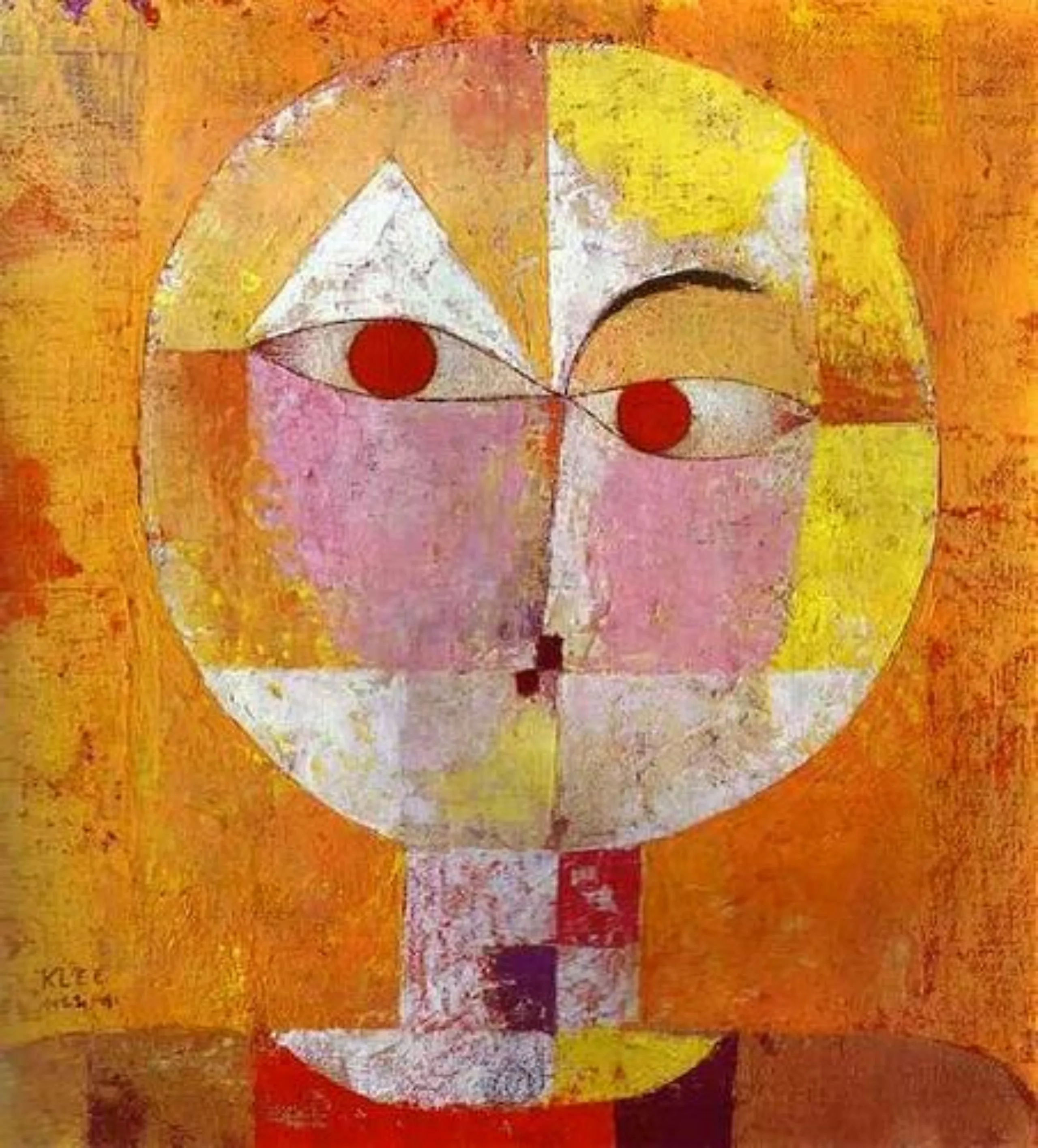
László Moholy-Nagy (1895-1946) / painter and photographer
In 1923, when Principal Gropius decided to make a new turn for his school and to unify art and technology, he called upon the Hungarian artist Moholy-Nagy. At the Bauhaus, László works around typographic design and experimental film. He then became head of the metallurgy department, working in Weimar and then Dessau. Moholy-Nagy is one of those insatiable artists who is constantly in search of new media and styles. With Gropius, he began to publish the Bauhaus books, including Klee’s course books. After his experience within the school, he creates his own typography studio, exhibition scenography, photomontage and photo collage. In 1937 he became director of the new design school at the Bauhaus in Chicago and brought the Bauhaus to the United States.

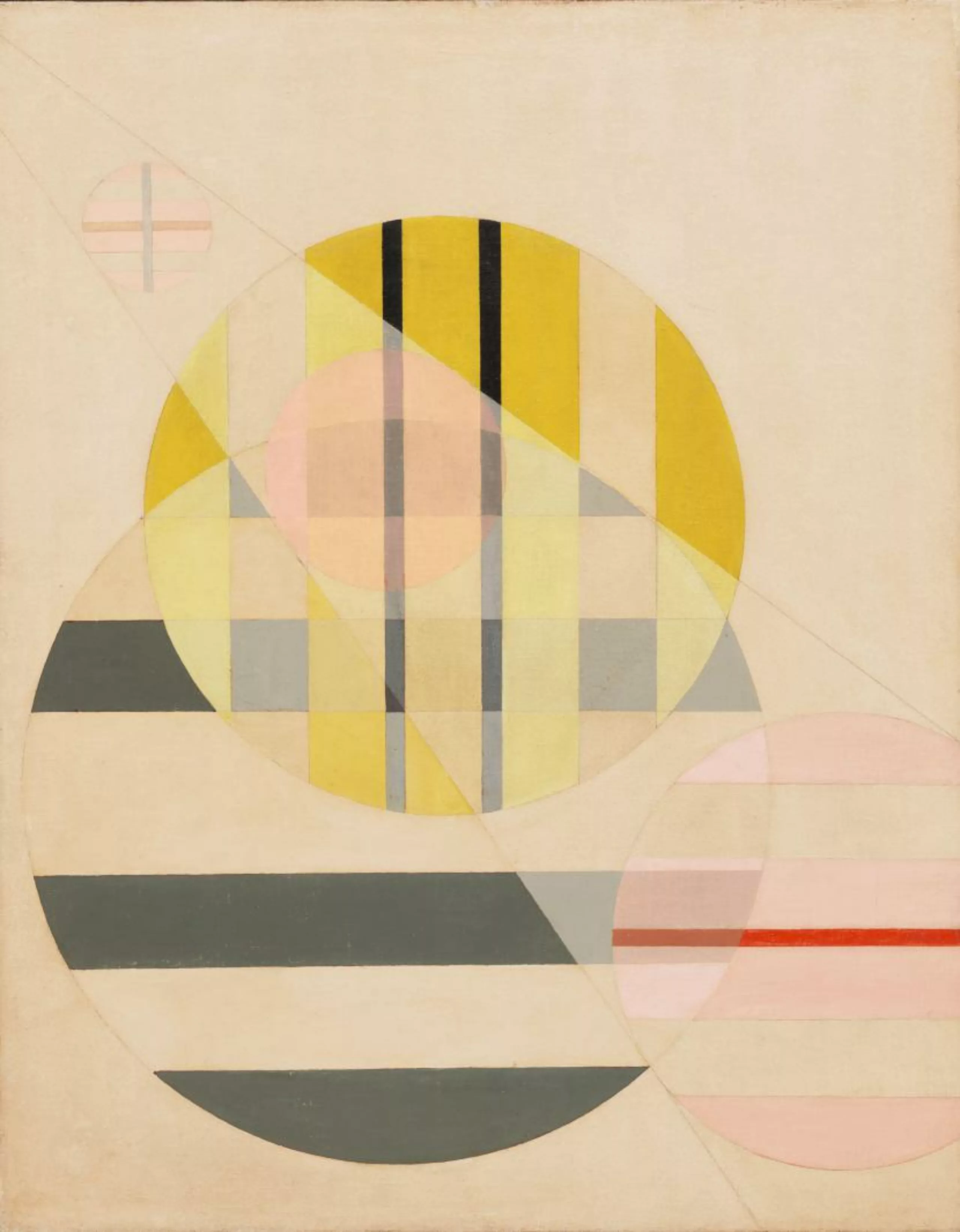
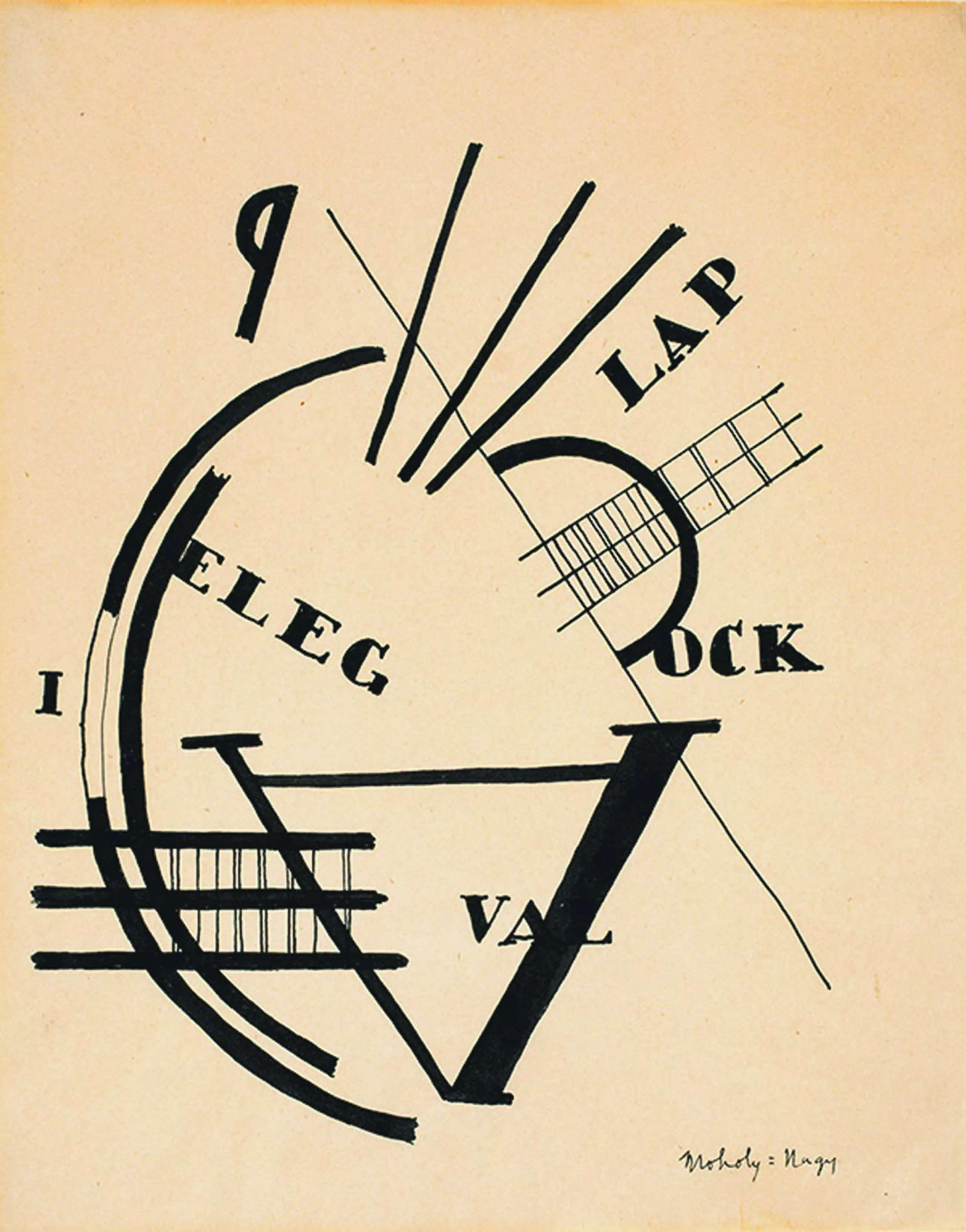

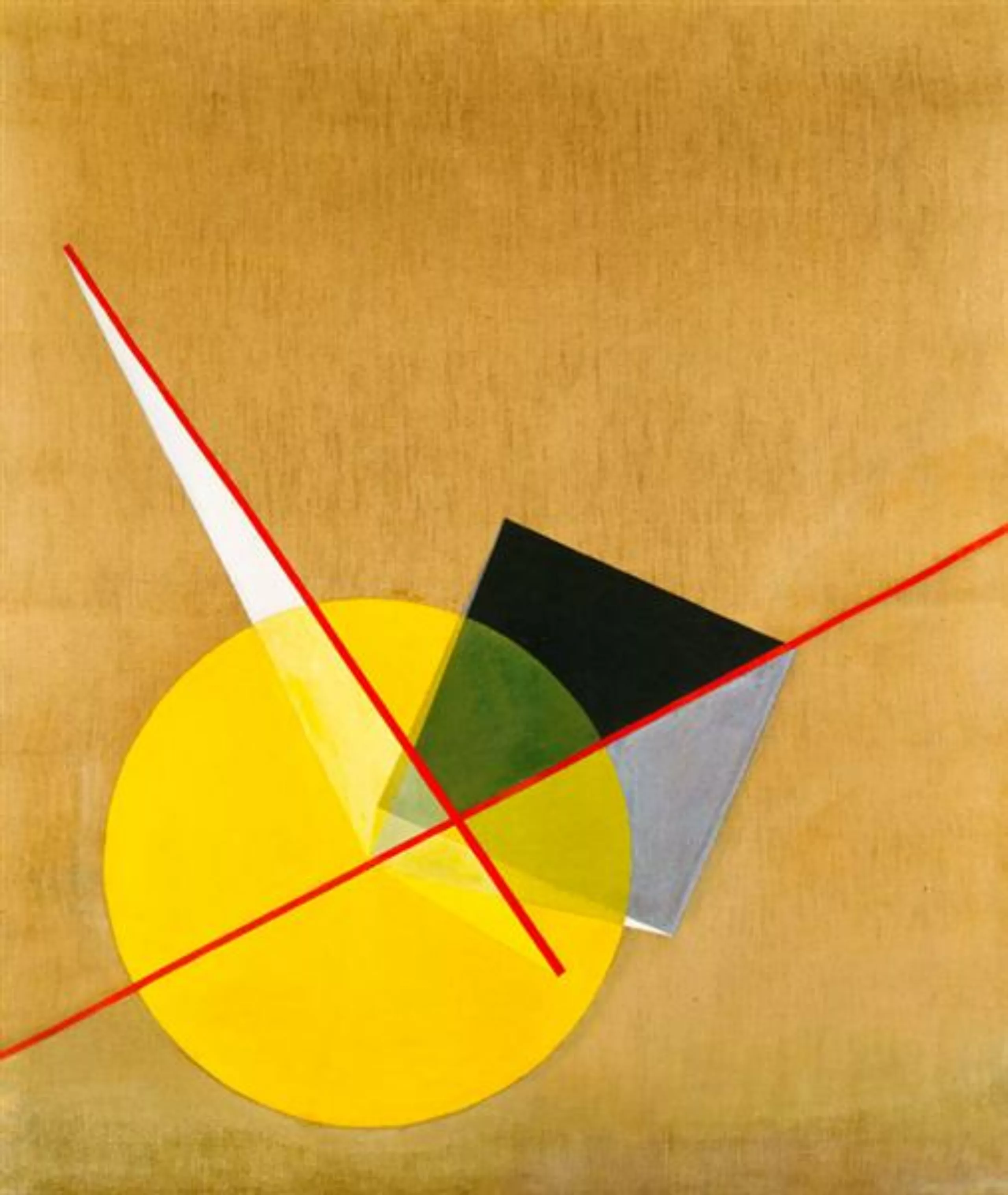
Gunta Stölzl (1897-1983) / textile designer
Stölzl trained at the Bauhaus by participating in glass painting and mural painting classes. Gunta also learns dyeing and weaving techniques.
This led her to continue by being entrusted with the creation of the weaving workshop at the Bauhaus in Dessau. There she develops textiles in collaboration with Breuer. She is a great textile designer of the Bauhaus and we owe her for facilitating the transition between crafts and industrial production.
After the Bauhaus, she founded a hand weaving company in 1931, and later devoted herself entirely to tapestry.
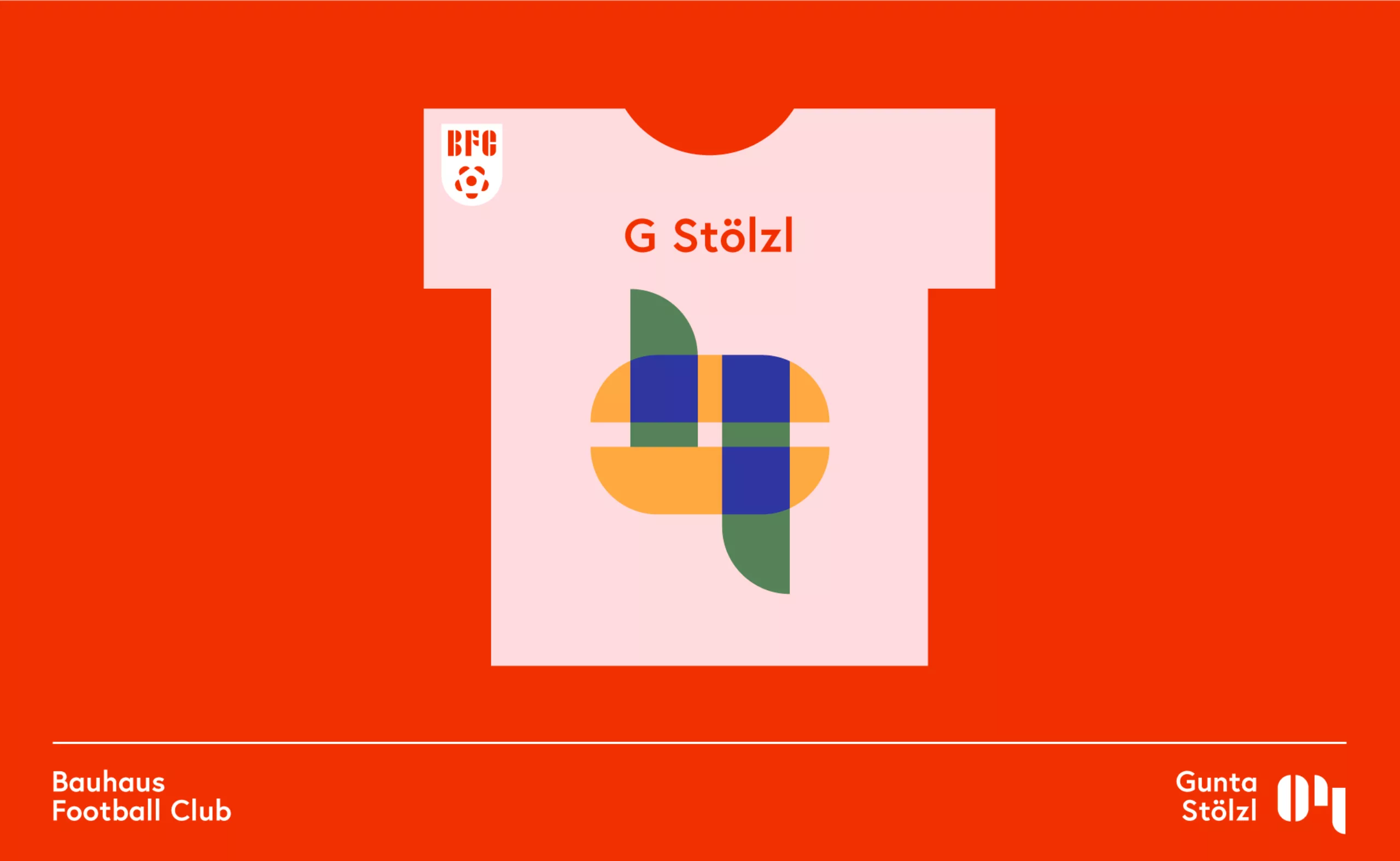

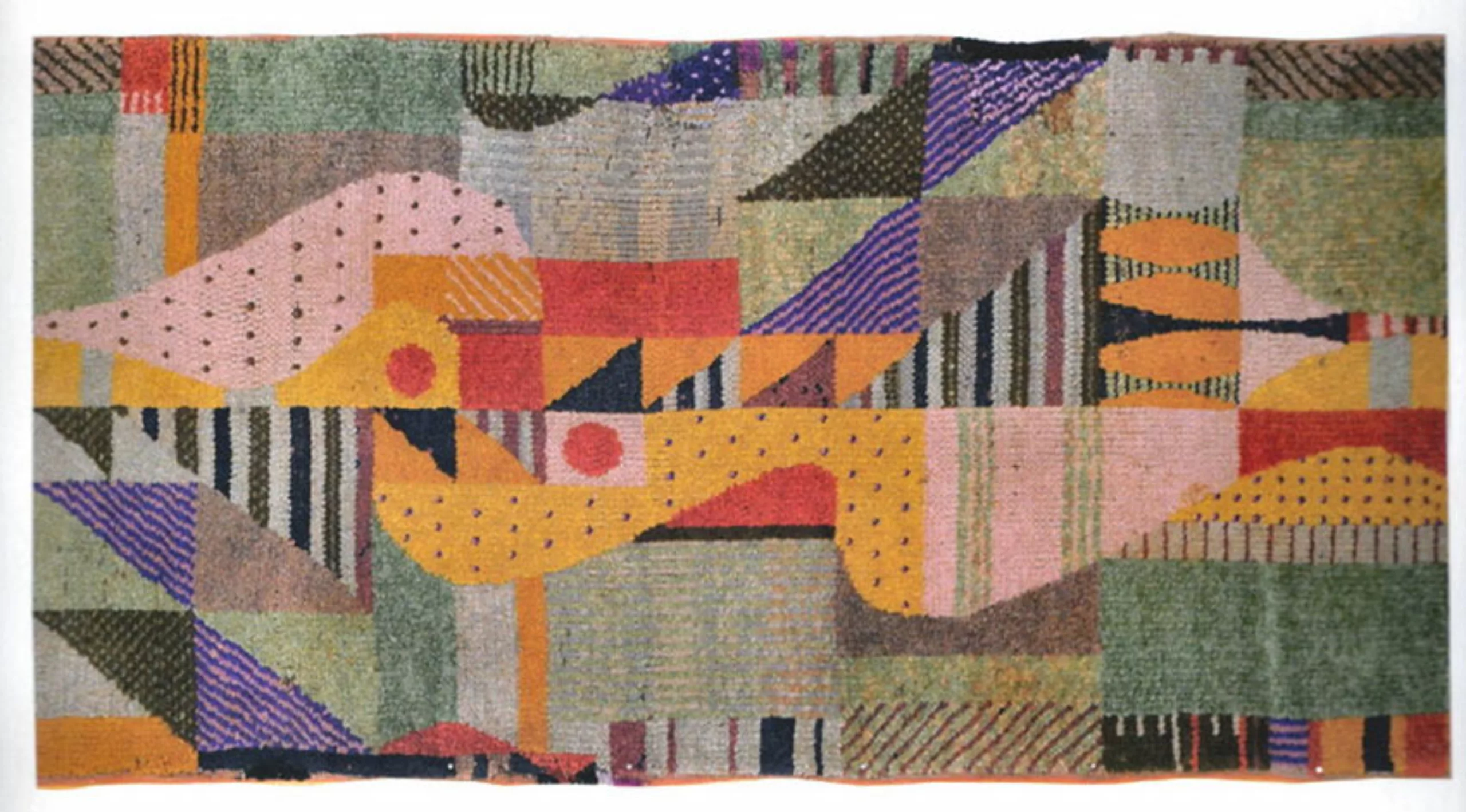
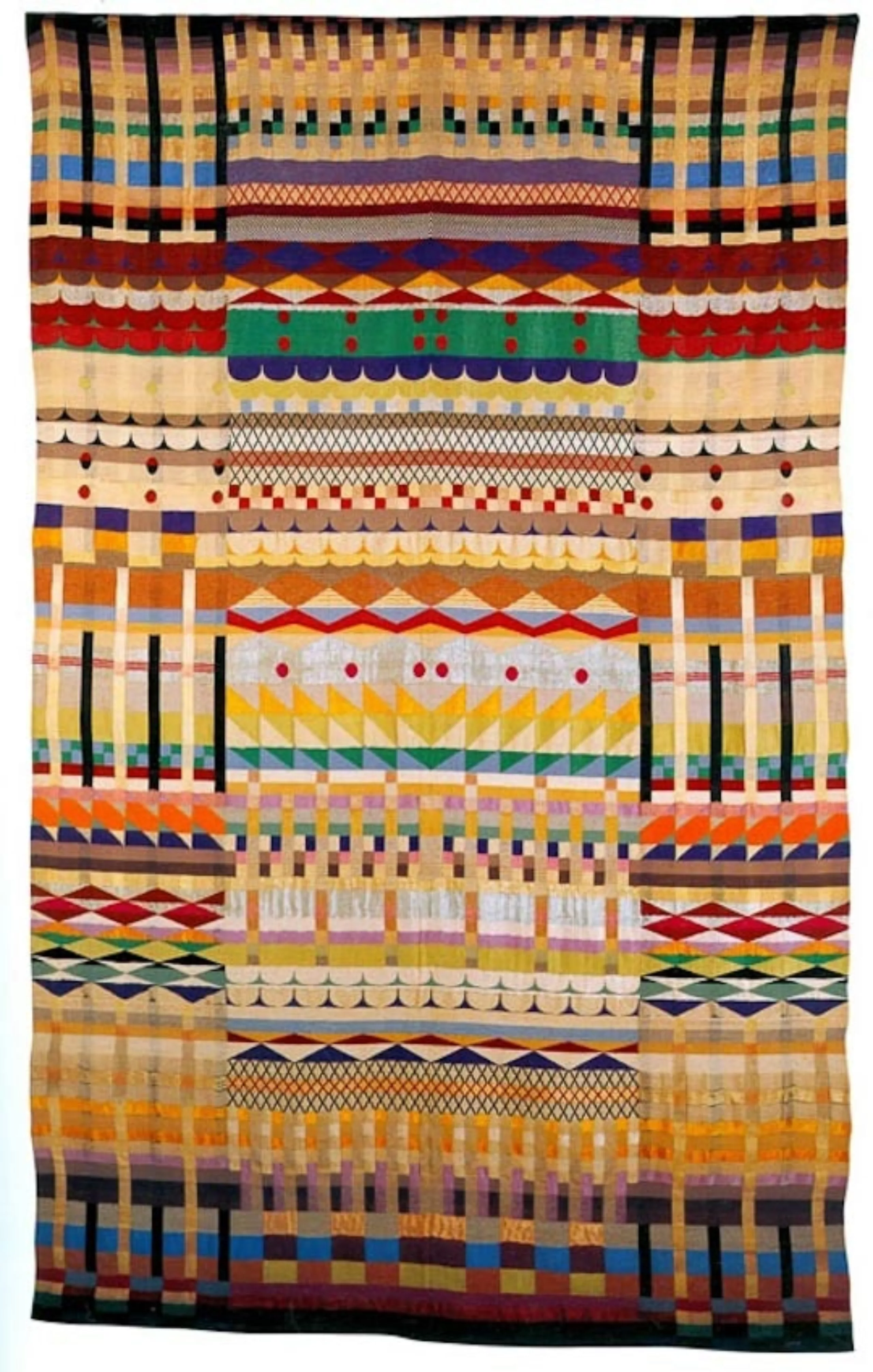
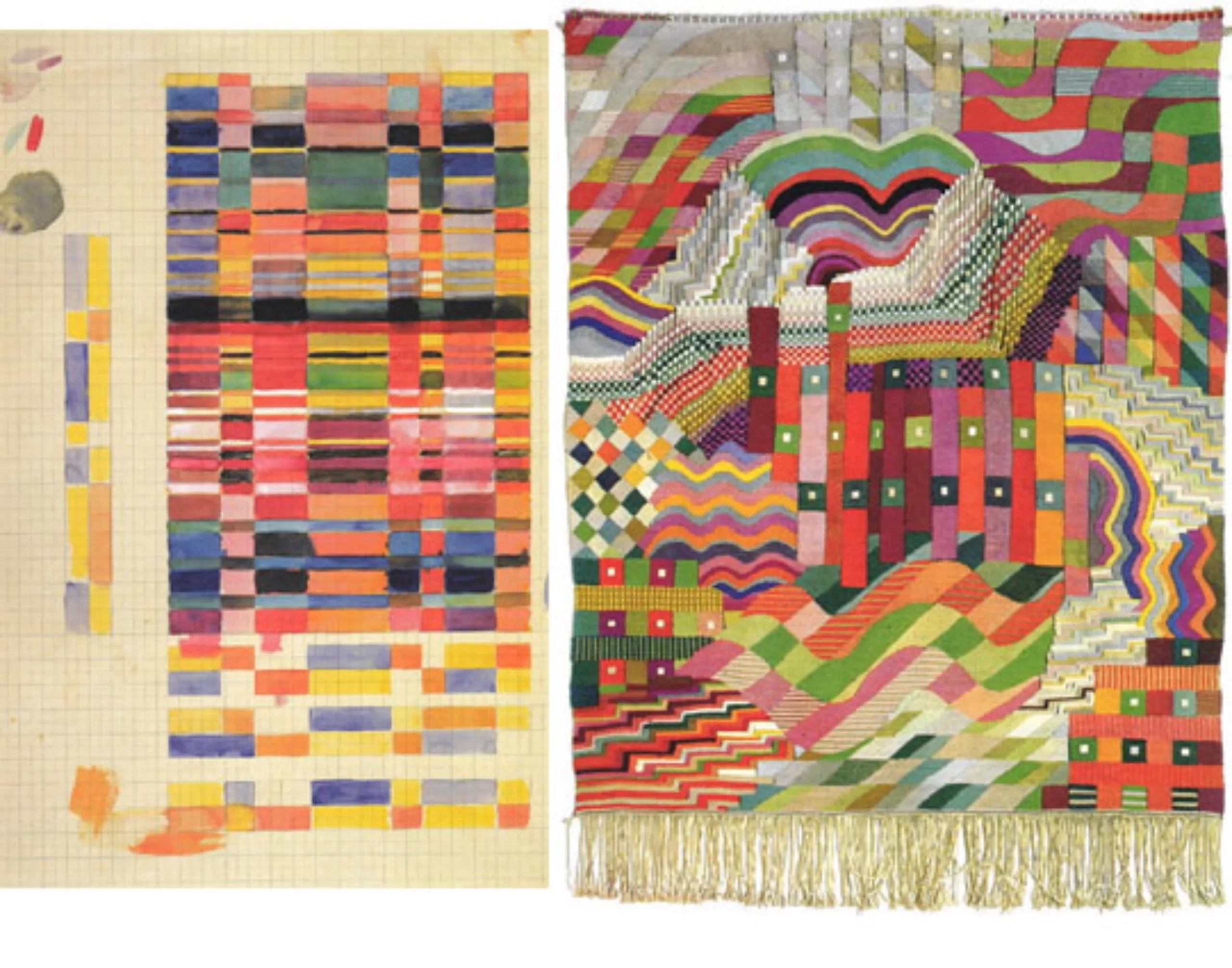
Sleeping Bauhaus Beauty
99 years after the Bauhaus School was founded in Weimar, Germany, it now reveals some hidden treasures. Five international students selected and accompanied by the world-renowned typographer Erik Spiekermann went to Dessau to complete the typographical sketches of former students. The team thus revived these Bauhaus fonts from the sketches of drawings and manual work forgotten since the 1920s and 1930s.
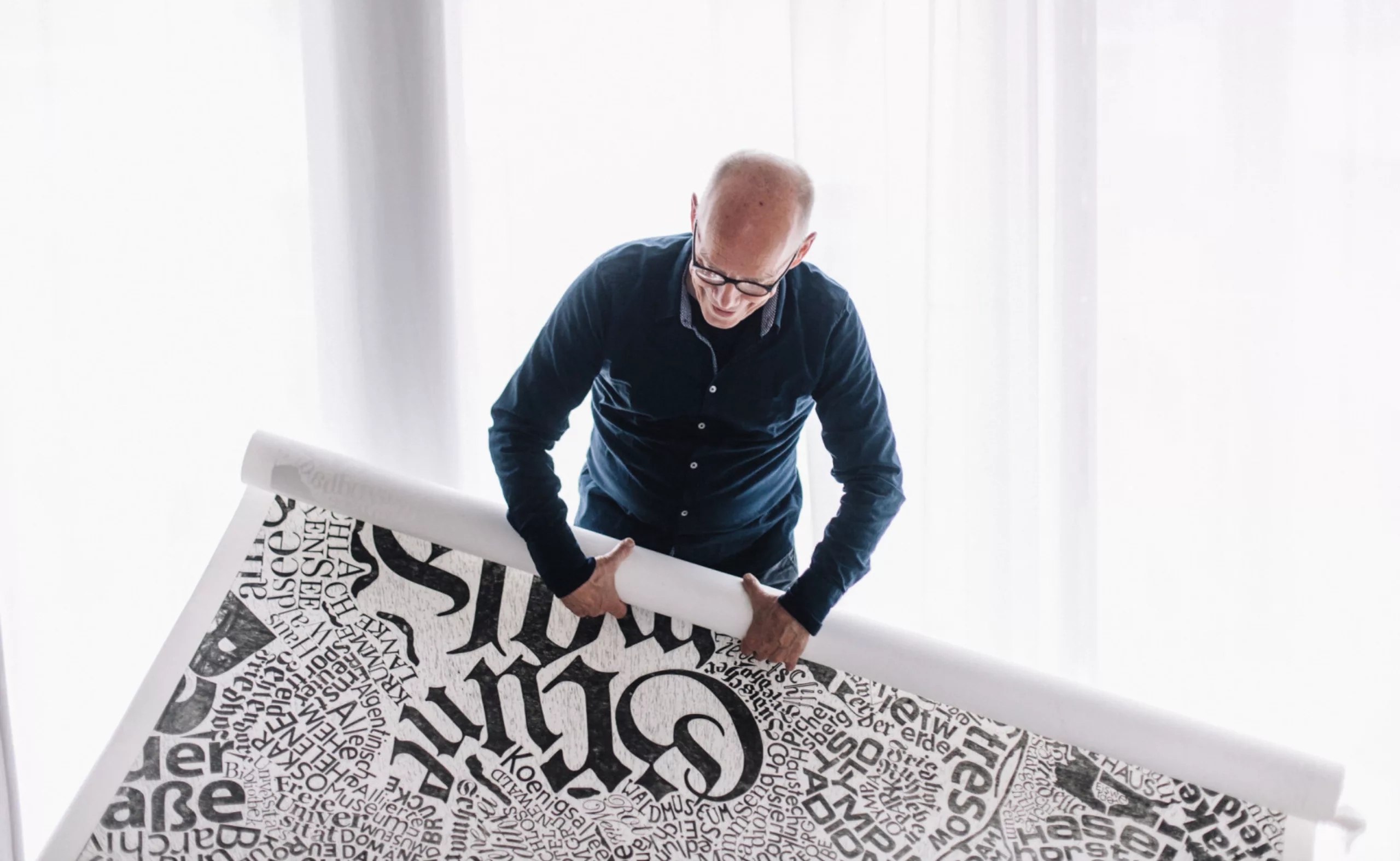
Five “Bauhaus Dessau” alphabets have been created, two of which, Joschmi and Xants, are now available on the Adobe website. “The Hidden Treasures Bauhaus Dessau is an initiative to revive a piece of creative history in order to inspire future generations of artists.”
To celebrate the awakening of these beautiful sleeping typographies, Adobe is organizing a contest to showcase the Bauhaus style. The Adobe team contacted Graphéine for the first logo challenge, to which all designers are invited to contribute. To discover our typographic logo, see you below in the article!
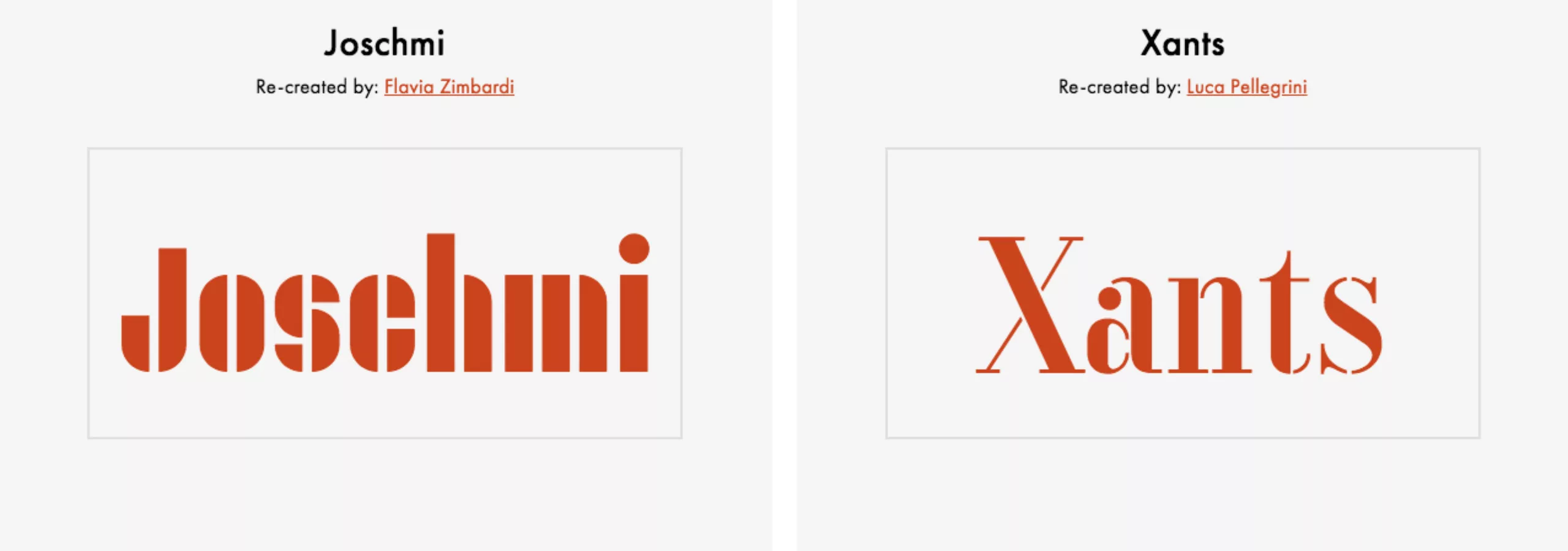
Bauhaus typographies for the Bauhaus Football Club
As part of the challenge logo organized by Adobe for The Hidden Treasures Bauhaus Dessau, Graphéine’s team lent itself to the game to reinterpret the Joschmi character.
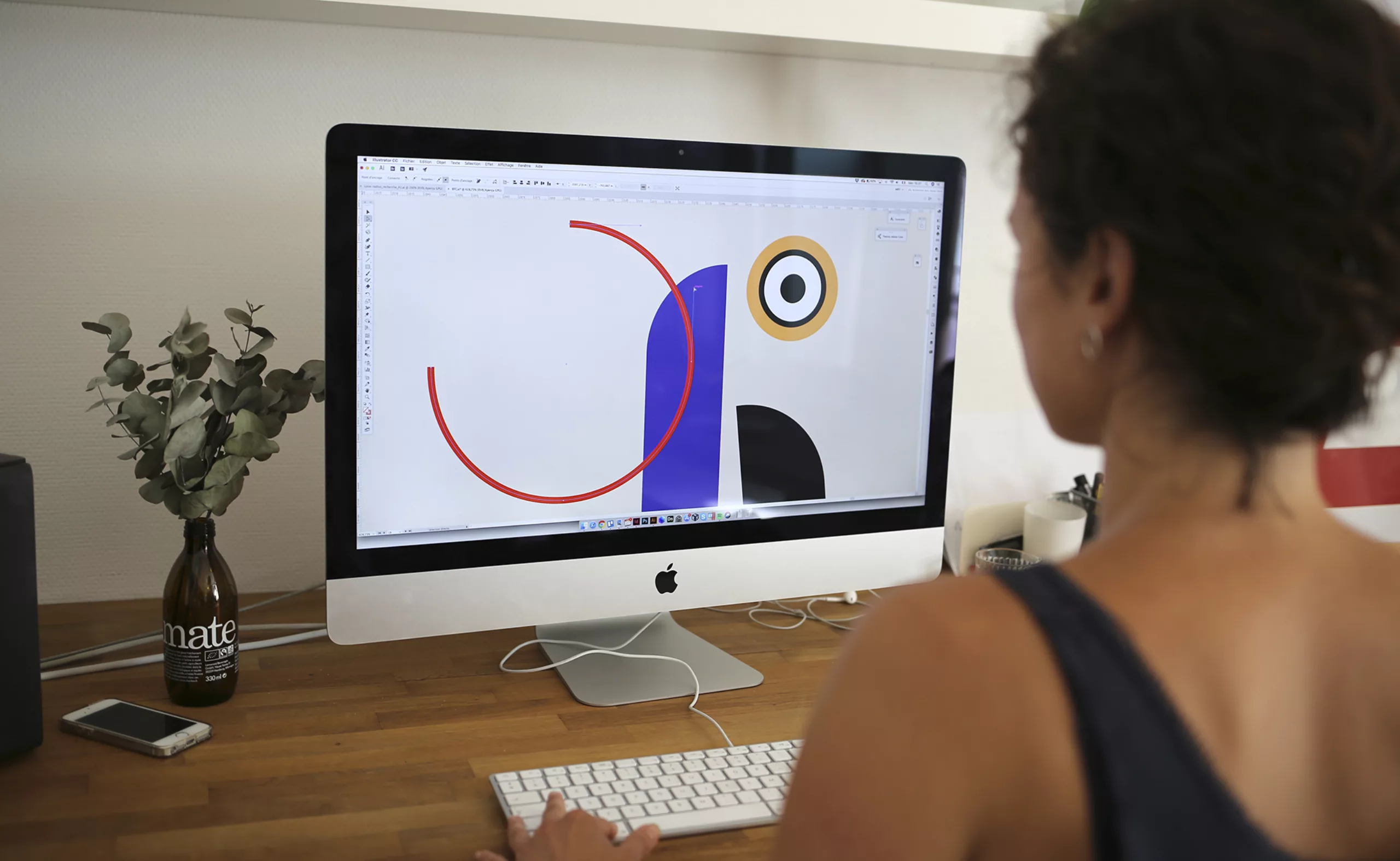
It should be remembered that at the time all the greatest designers -all fields combined- worked together at the Bauhaus! Klee, Kandinsky, Breuer, Brandt… rubbed shoulders in the corridors at Dessau. As a nod to current events, and to recreate this unity, we imagined a football team made up with the cream of the Bauhaus designers’ cream. We find there this fine mixed team of architects, artists, teachers, designers of objects or textiles.
From the Joschmi, we destructured the elements composing this alphabet to extract its raw forms, as in a construction game. We then used these shapes to recompose football jersey numbers based on the style of each artist.
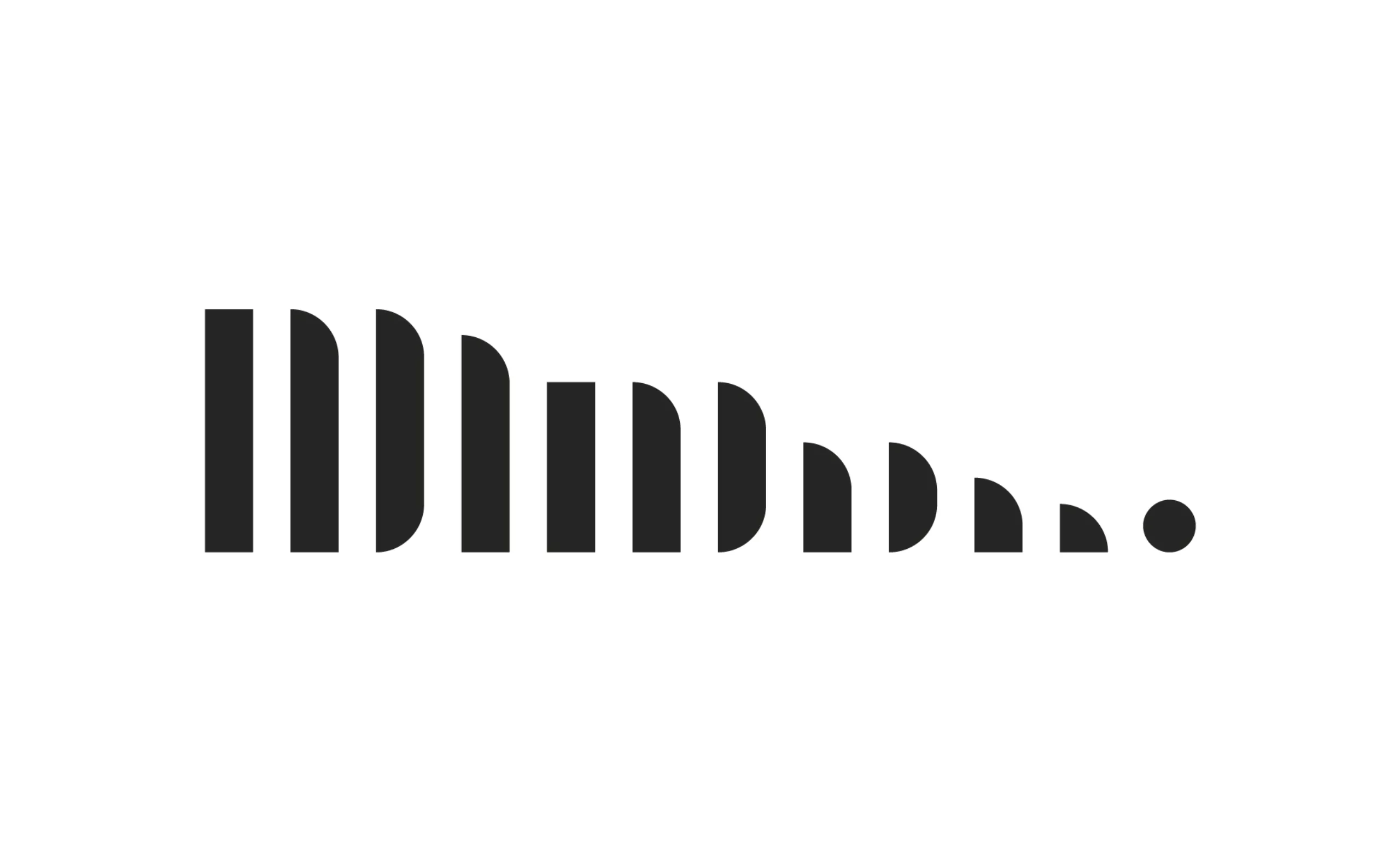
For each member of the Bauhaus Football Club, we have taken over the designers’ own colour codes and composition games. The logo takes up the football codes and the colours of the Bauhaus, to form a coat of arms with a recomposed ball, always from typographic elements.
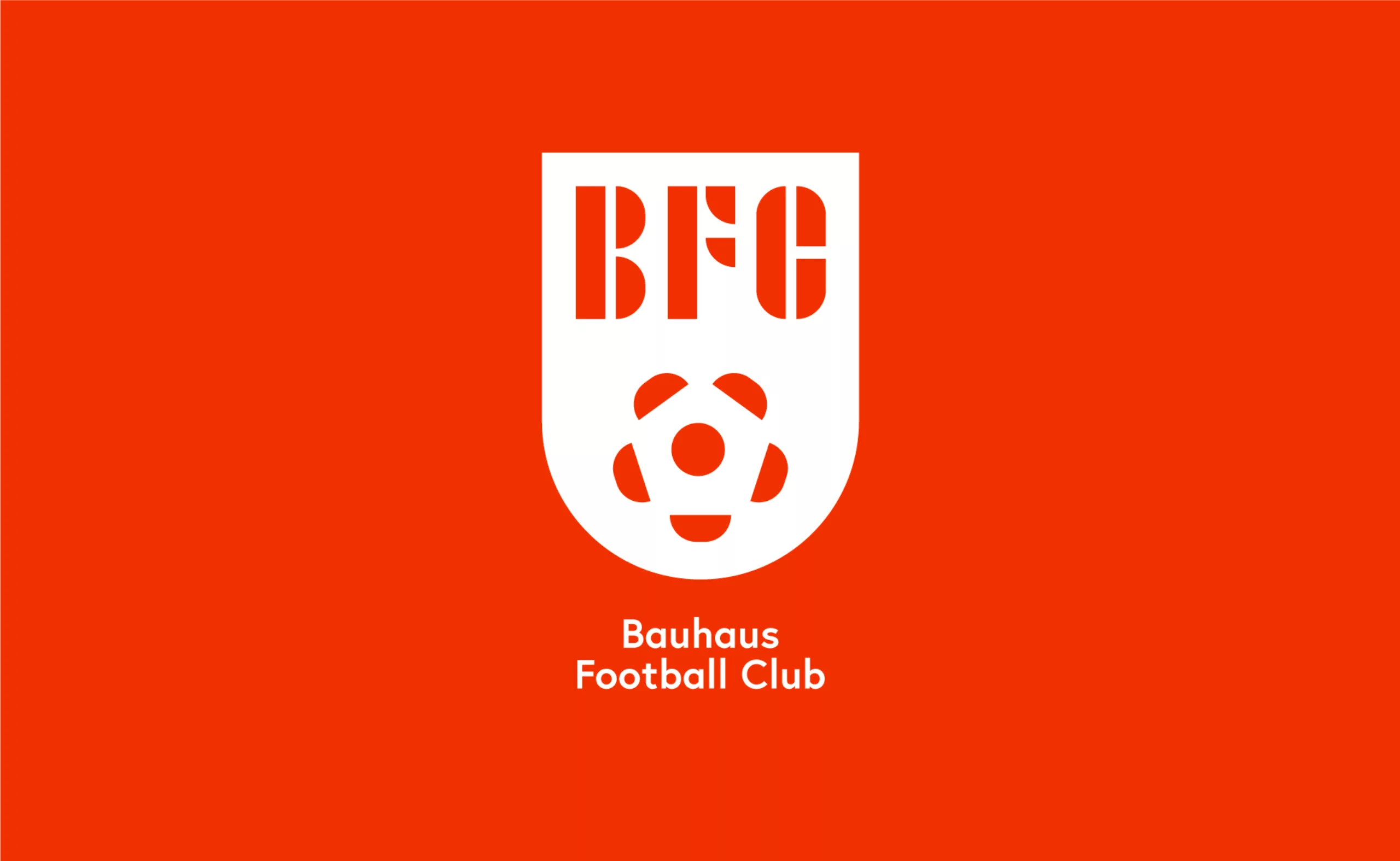
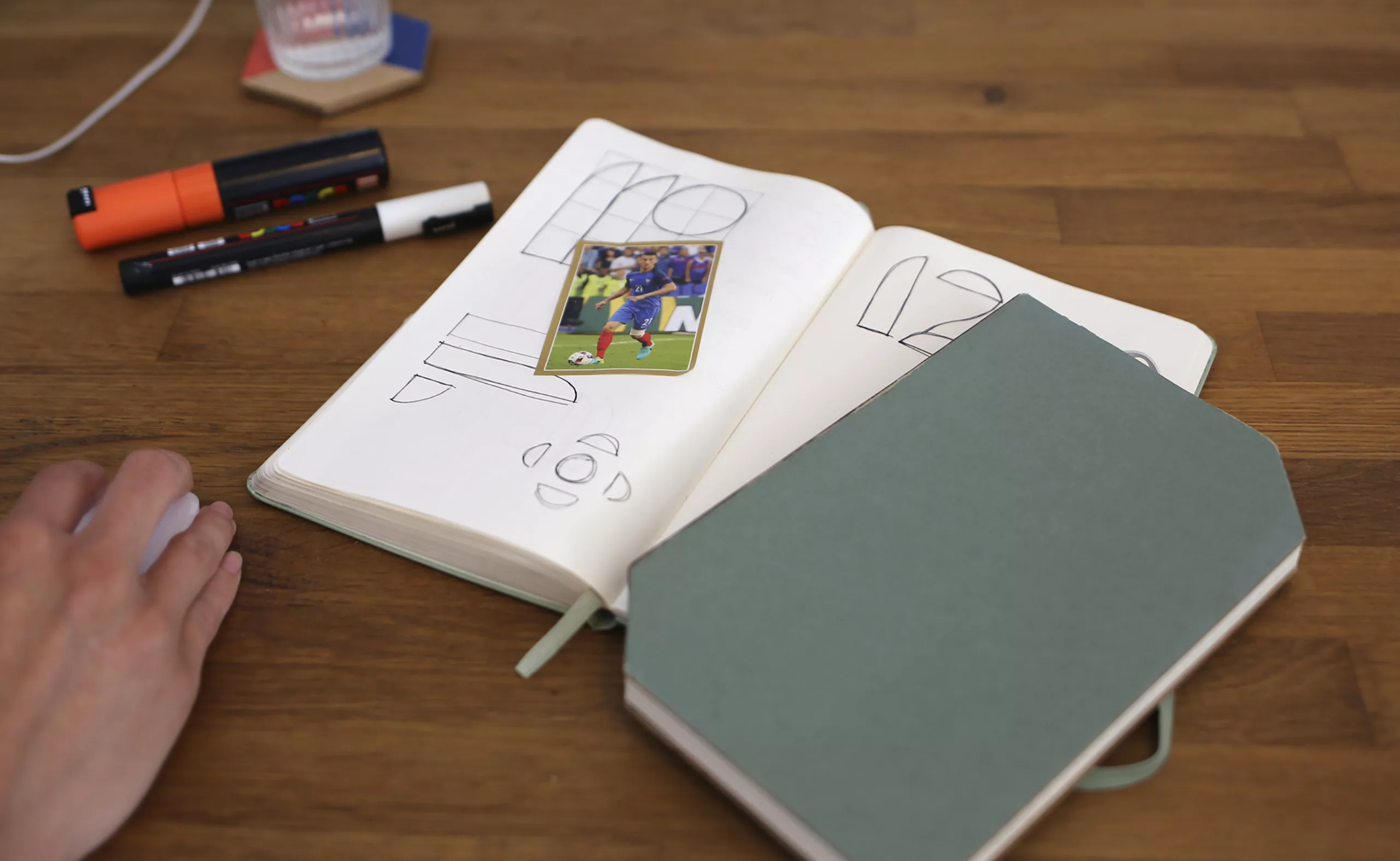
> Link to Adobe’s project: Hidden Treasures Bauhaus Dessau.

